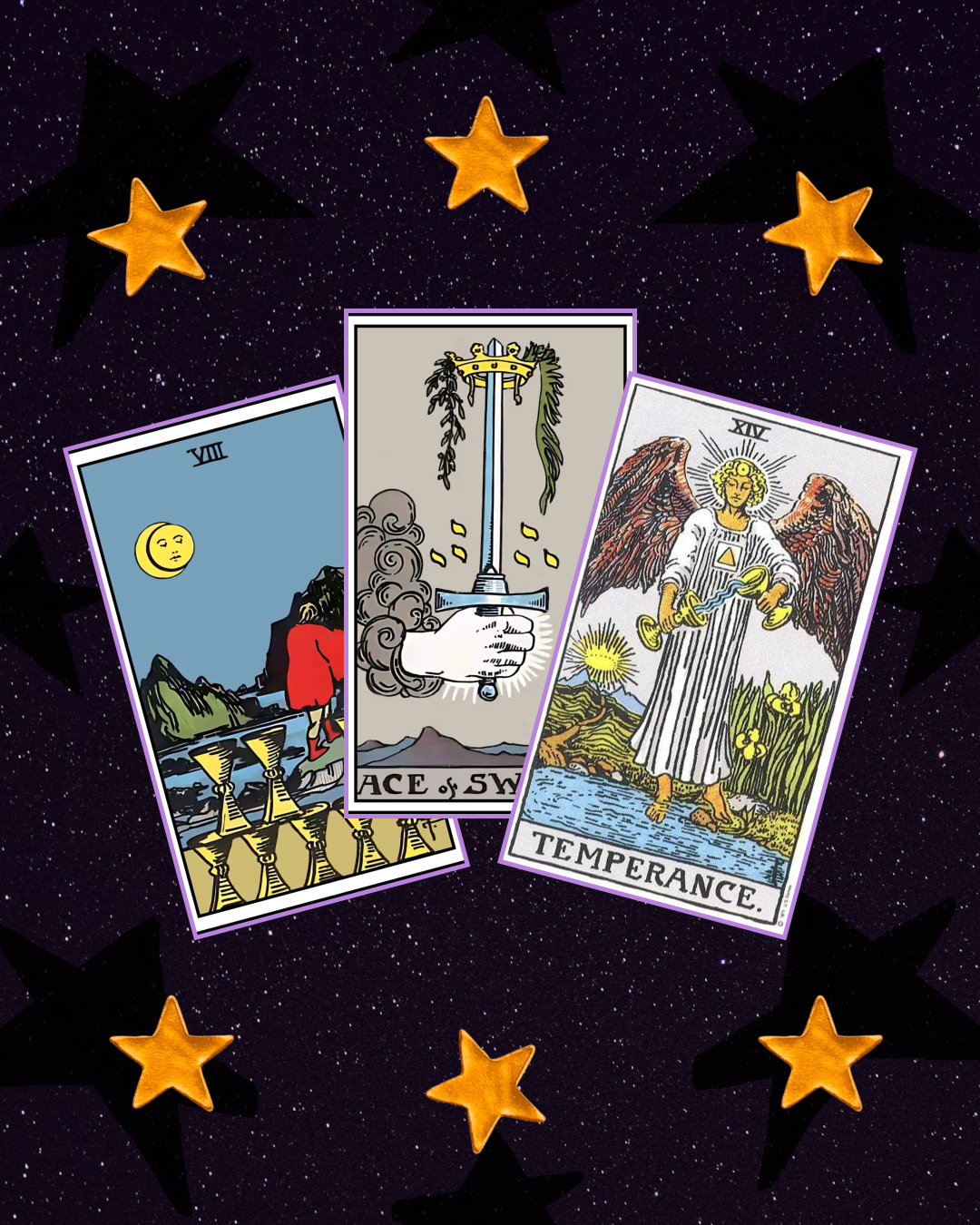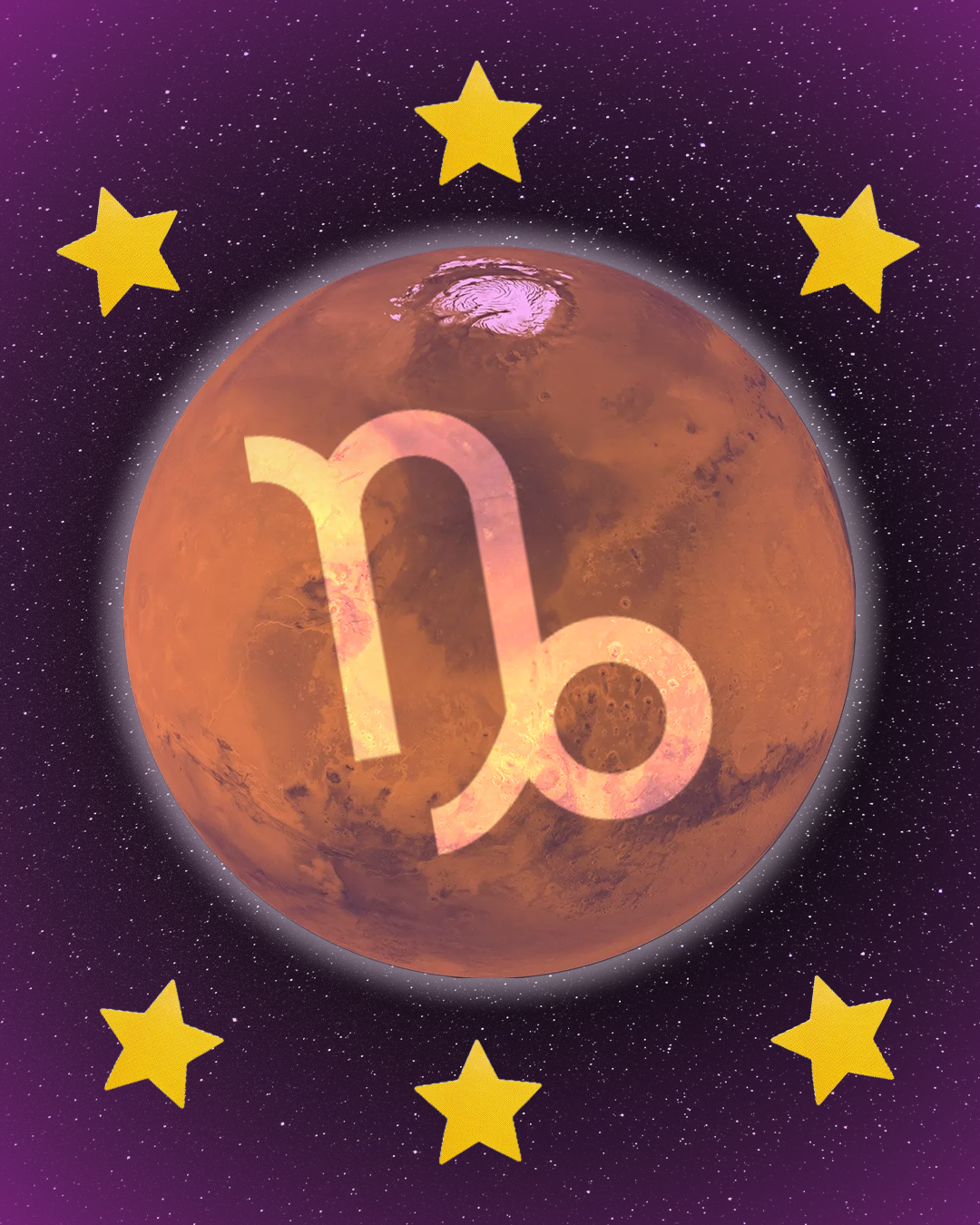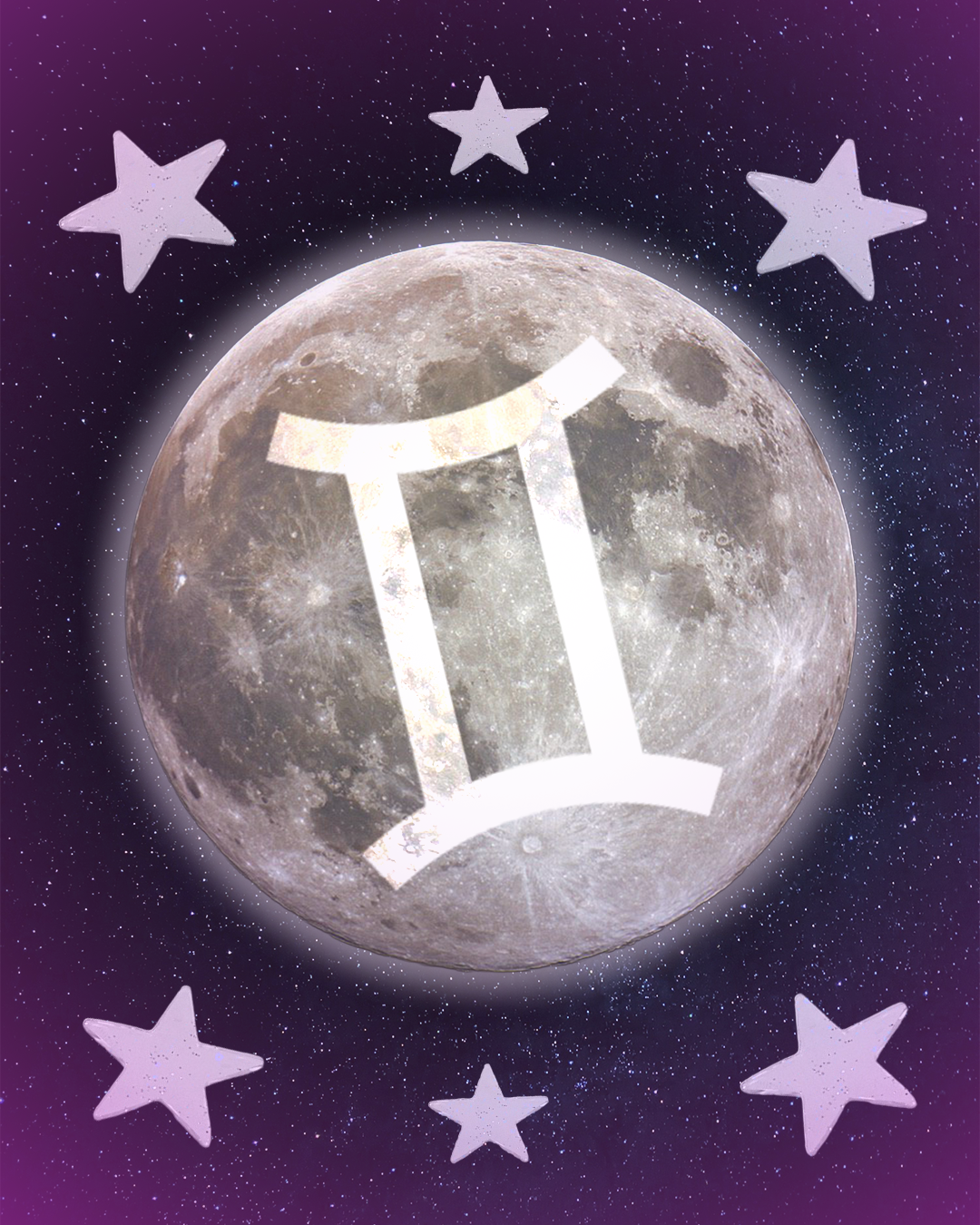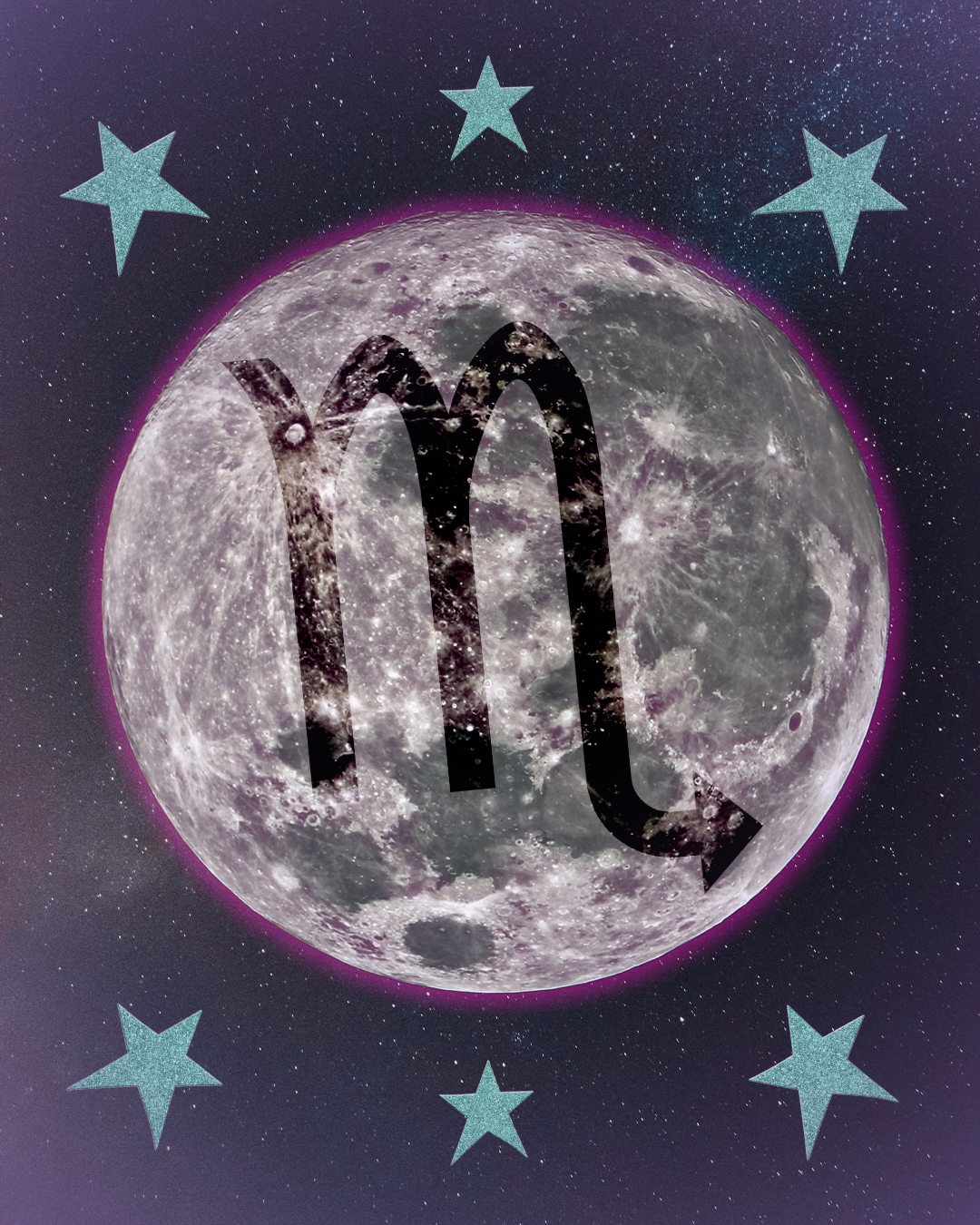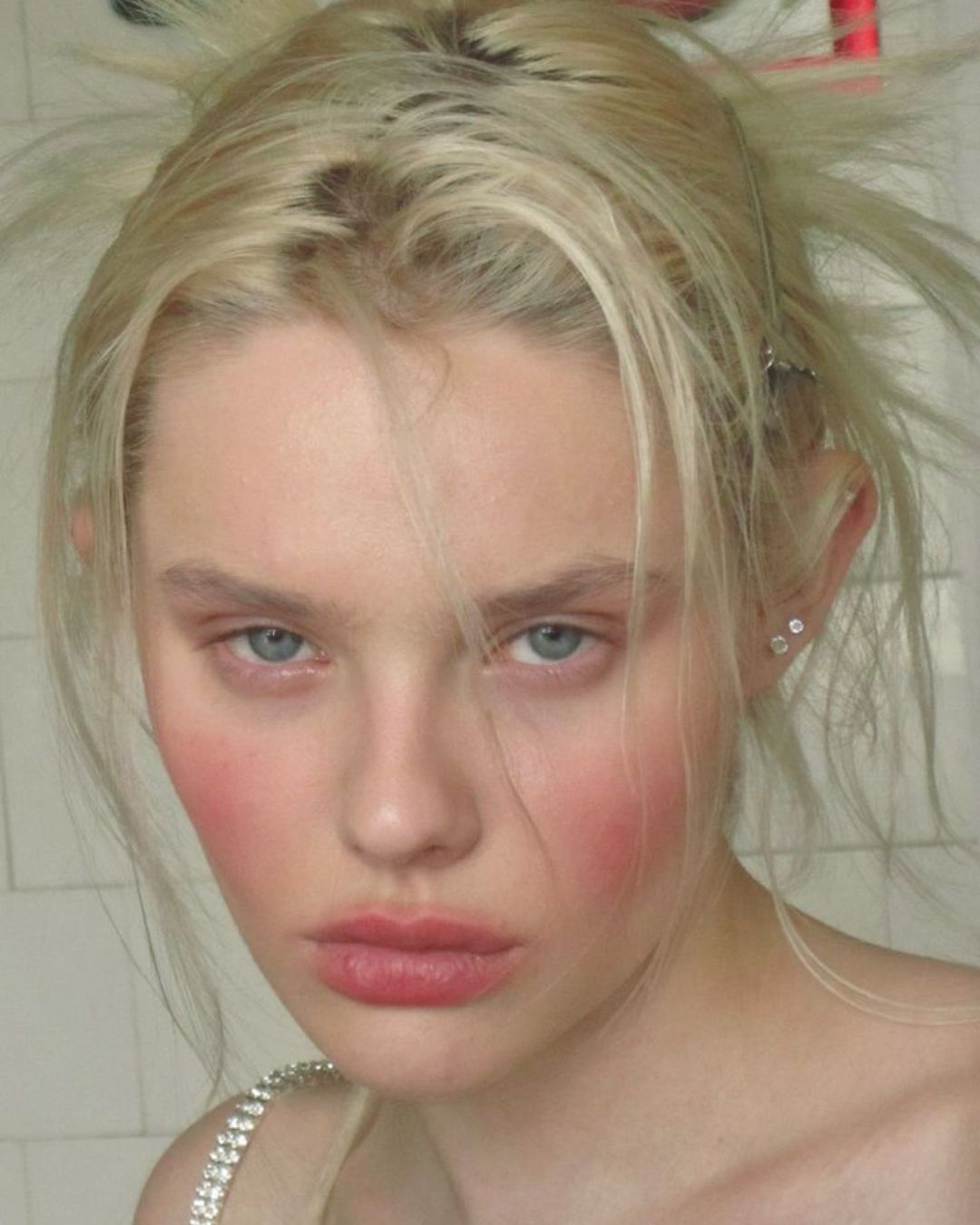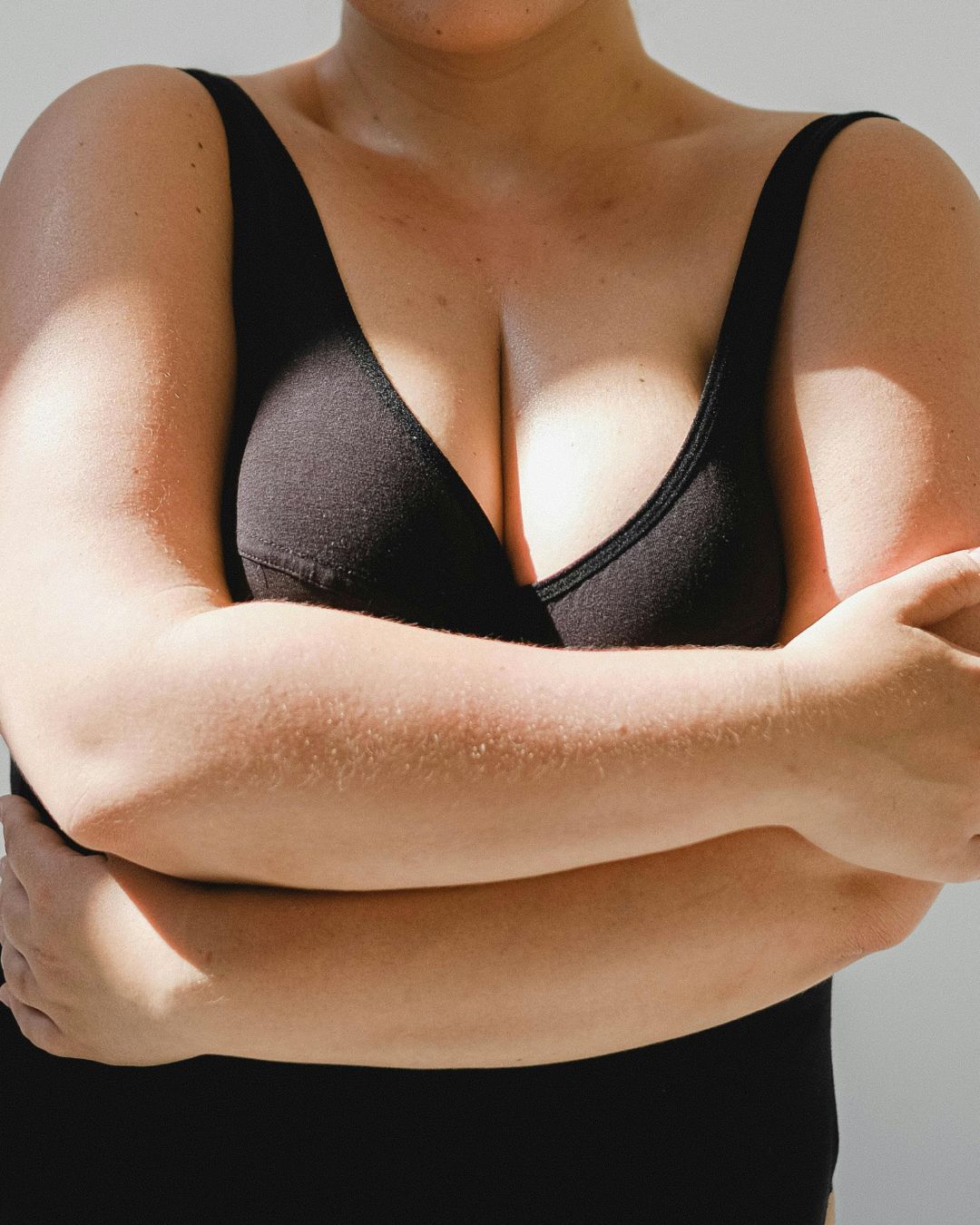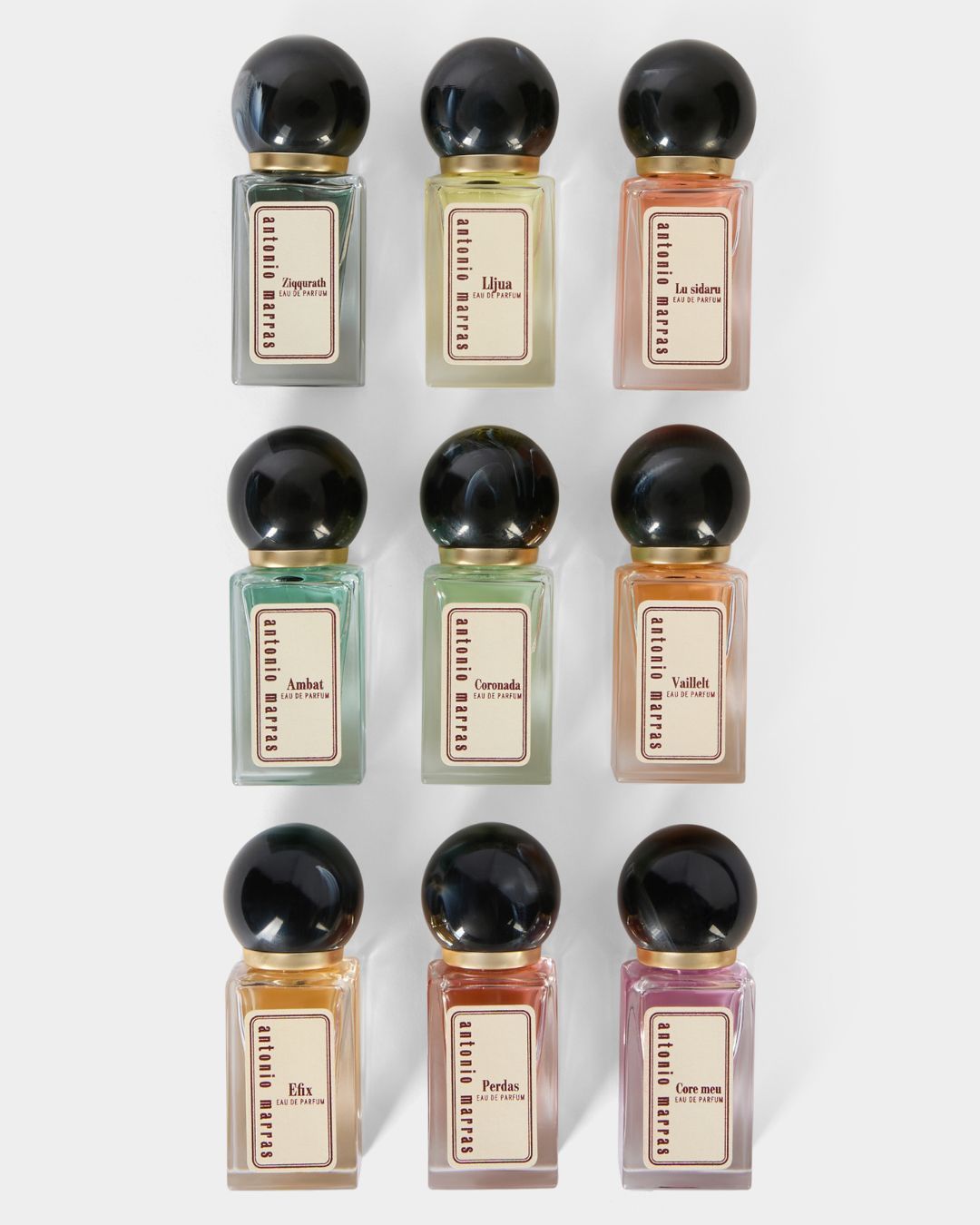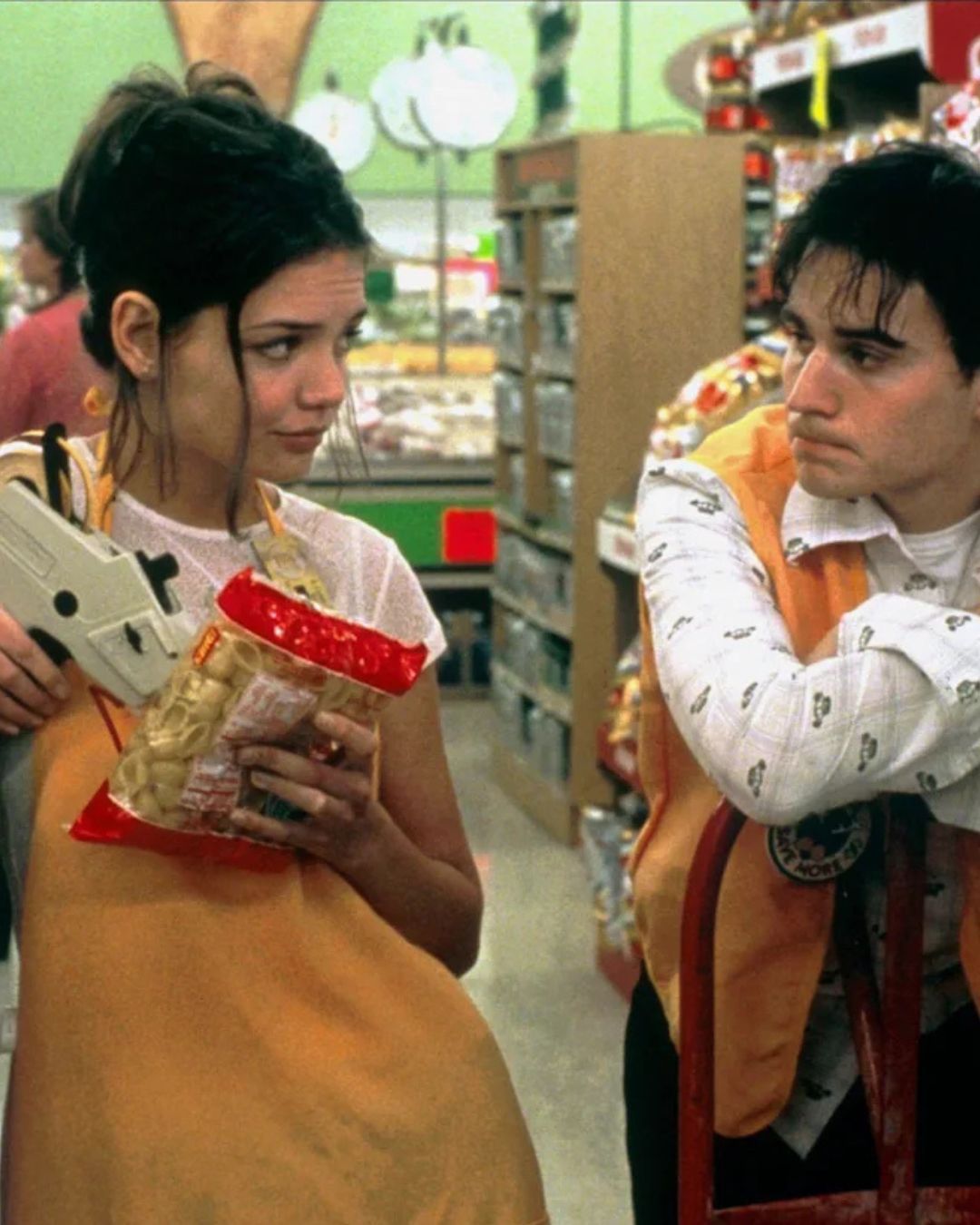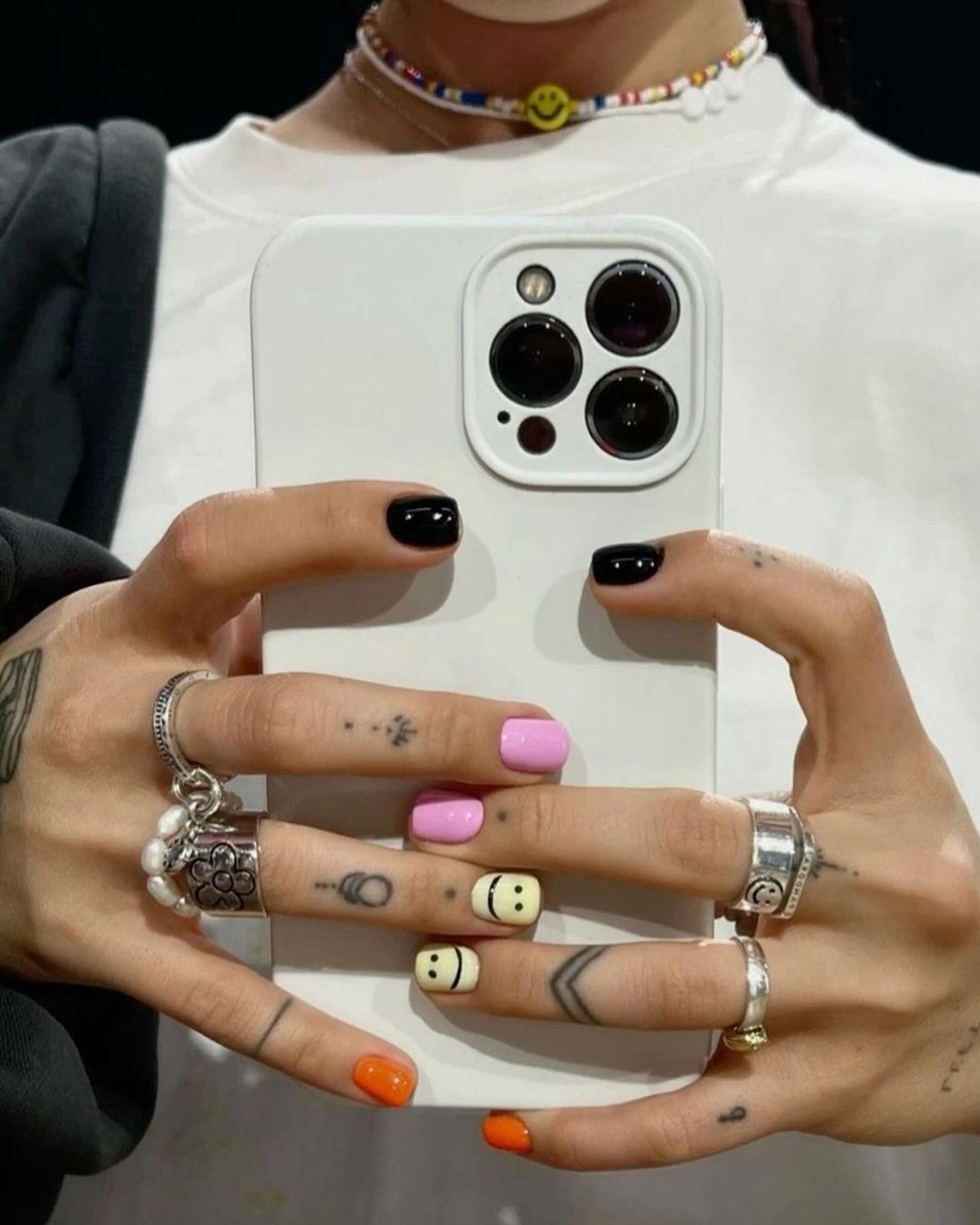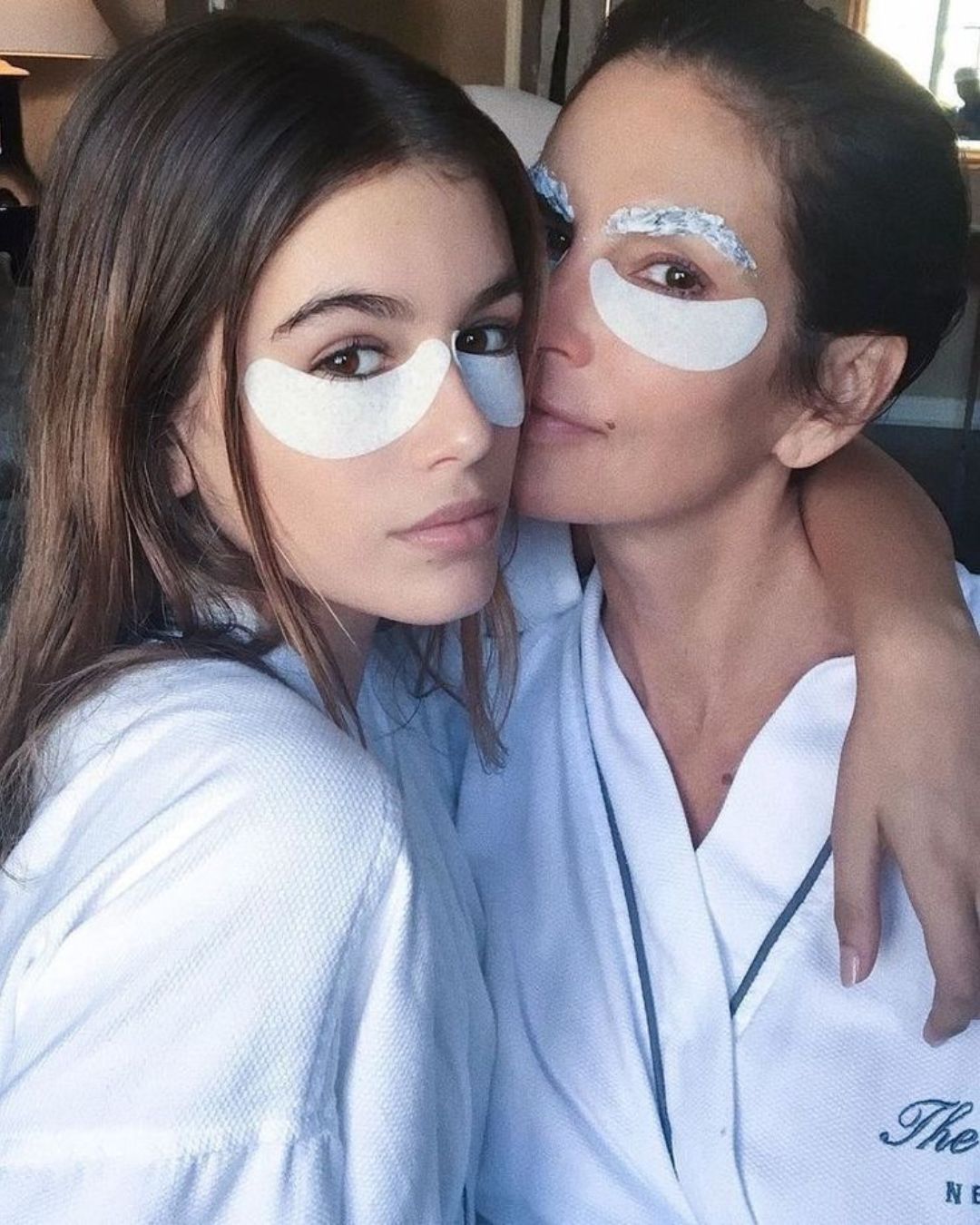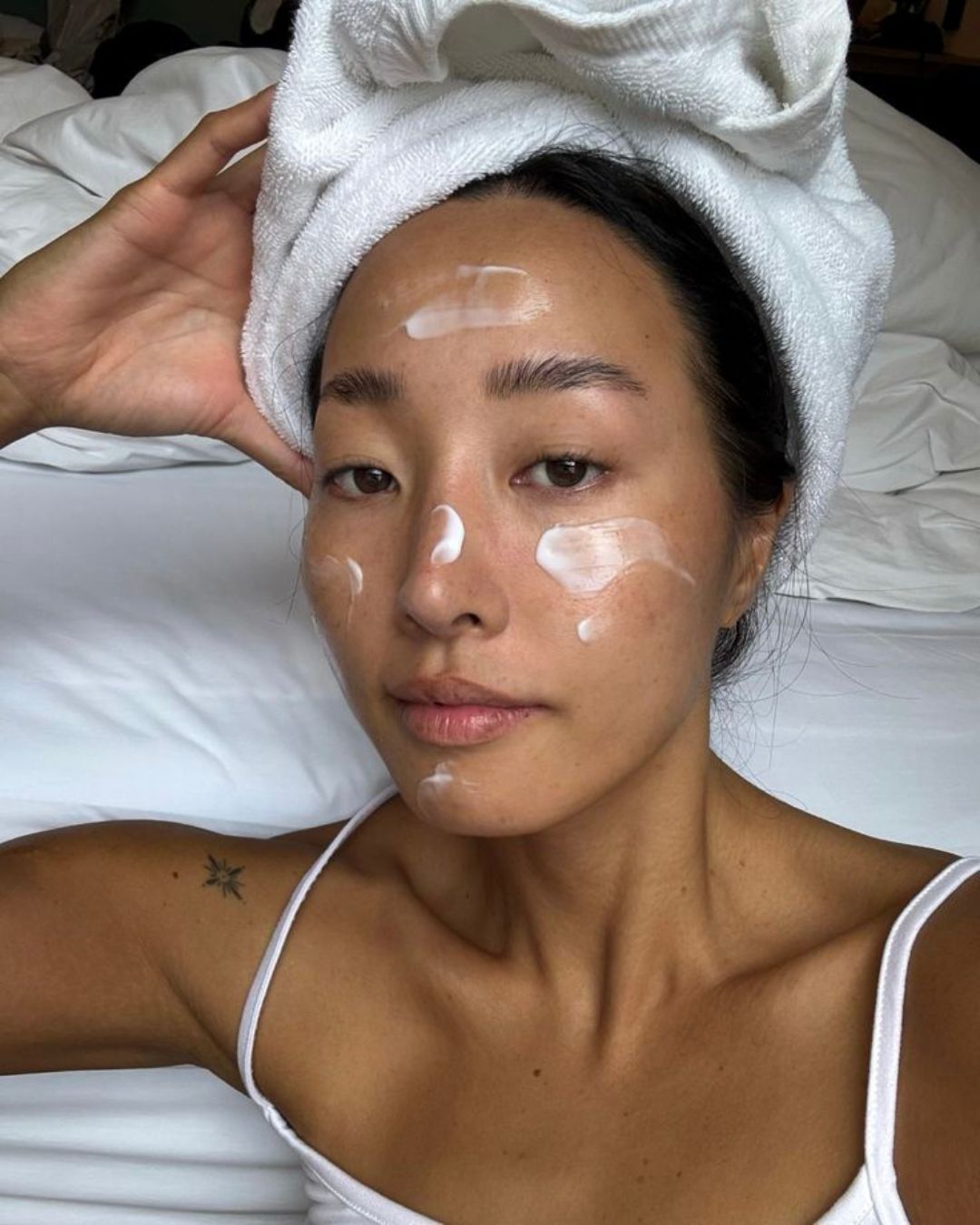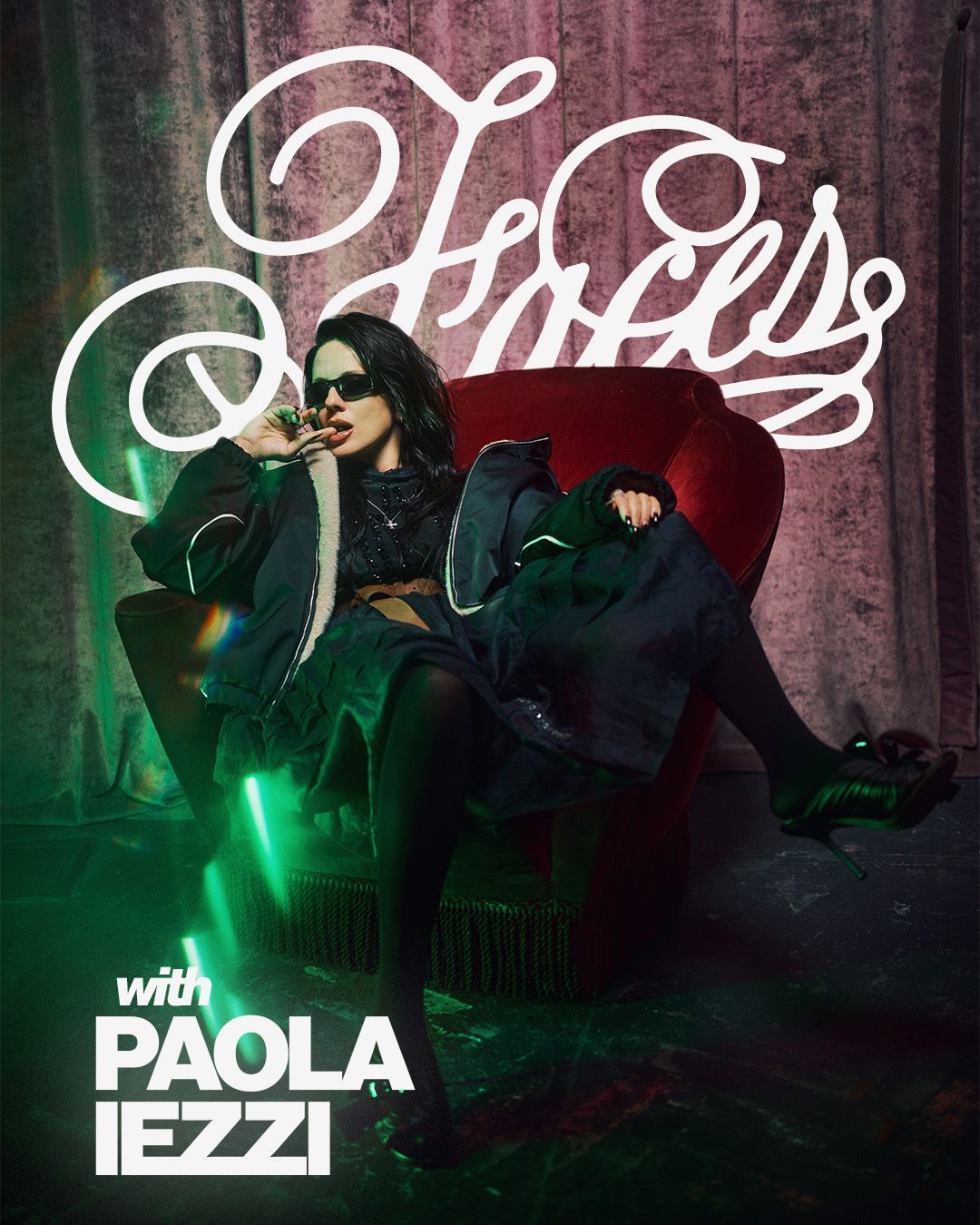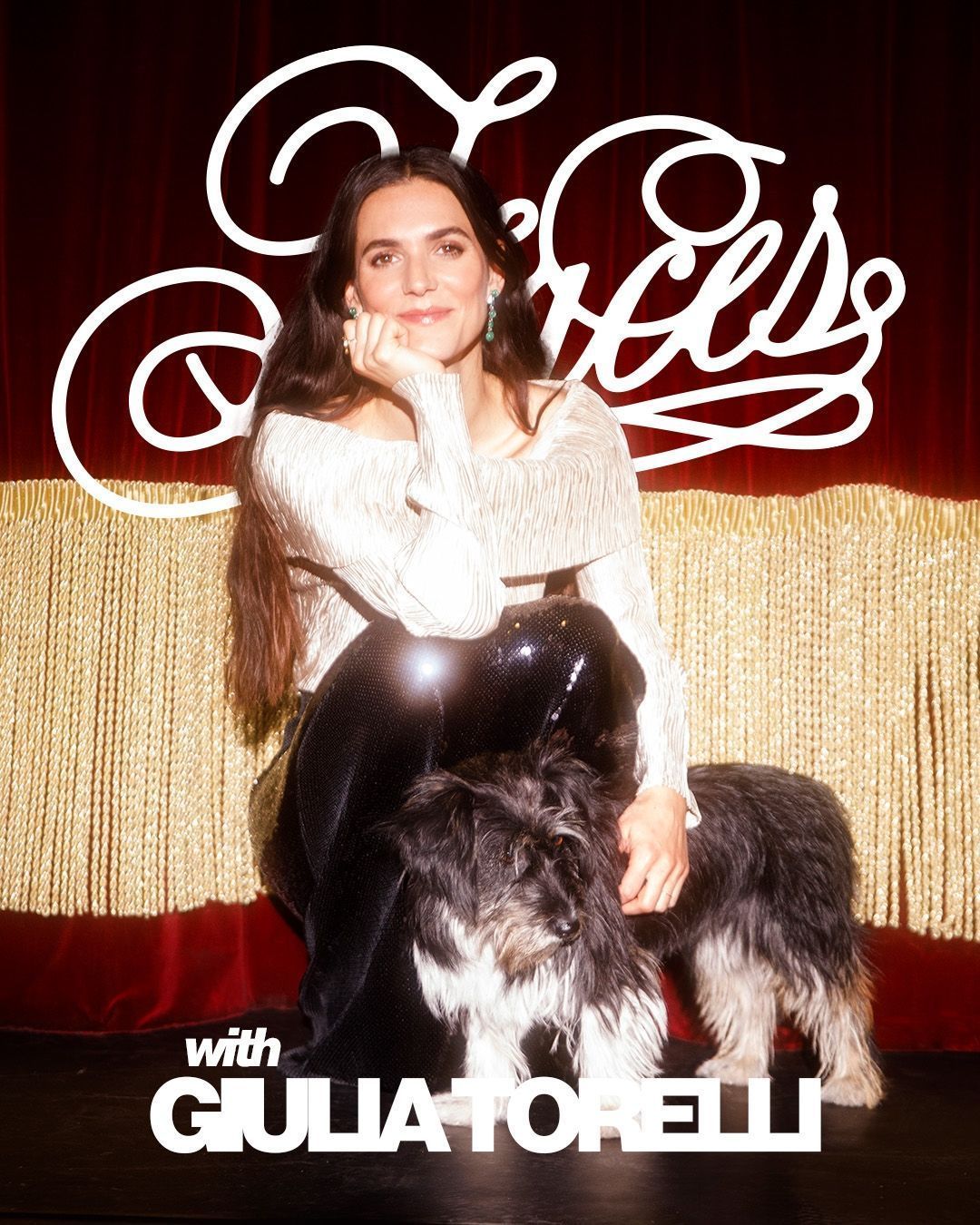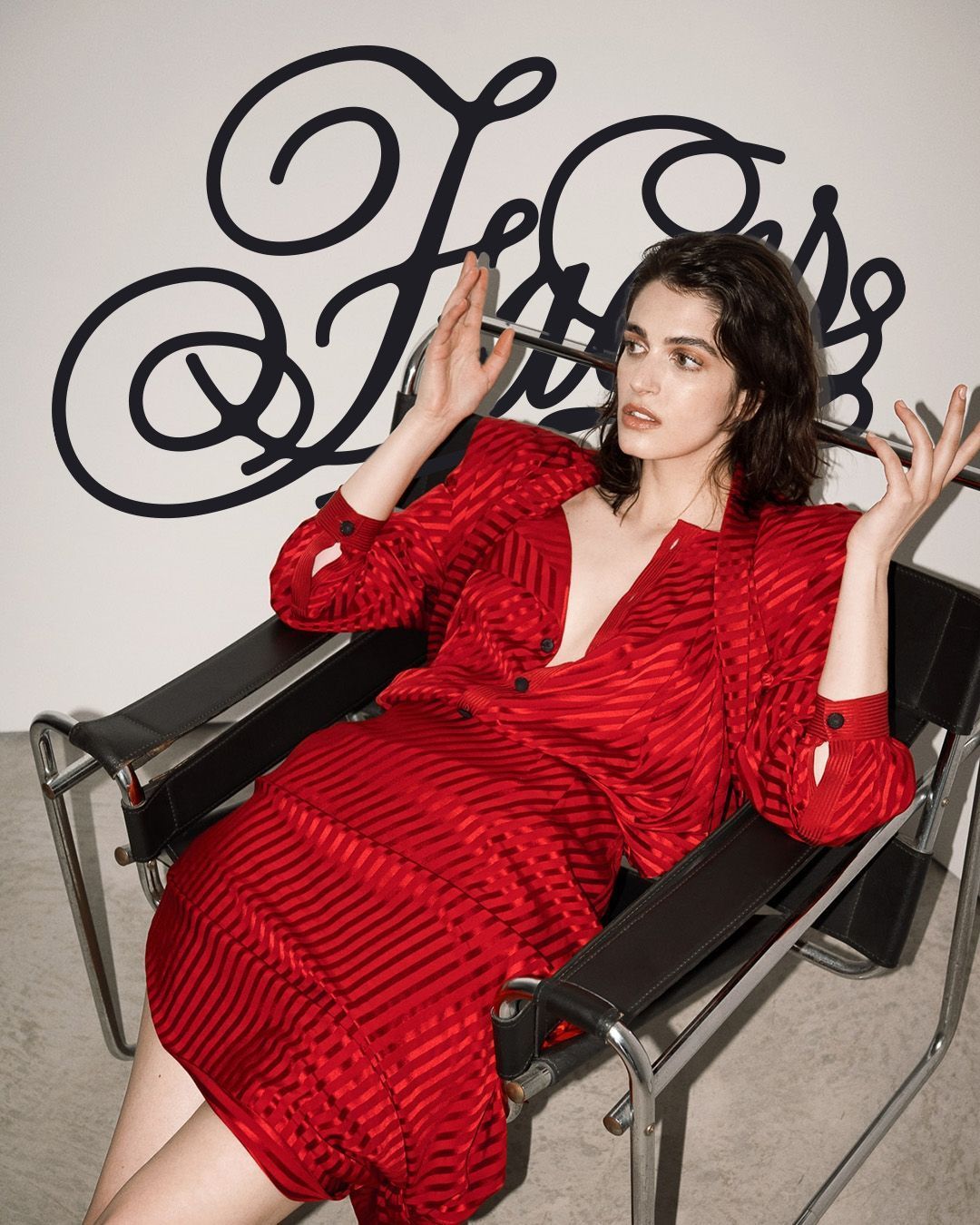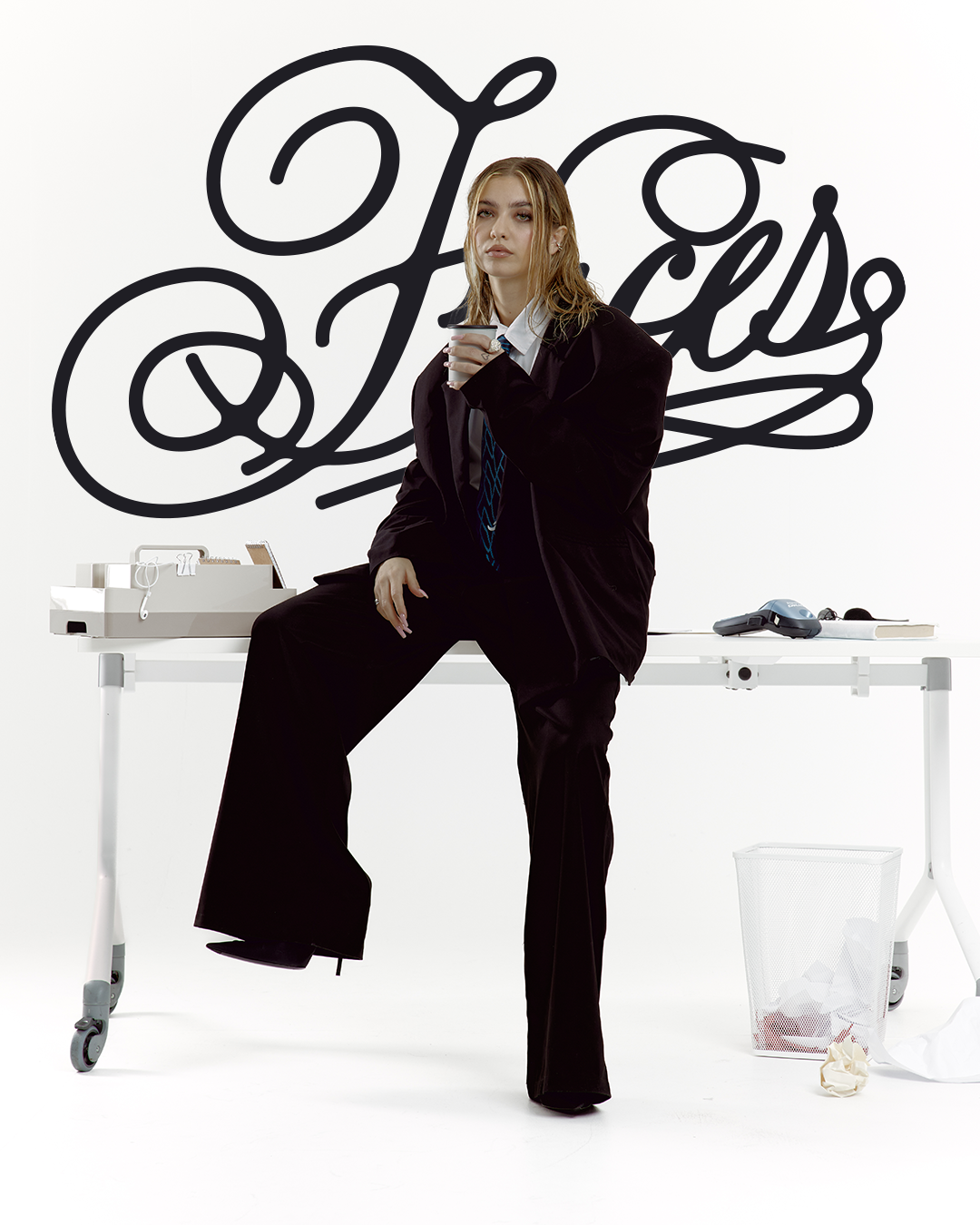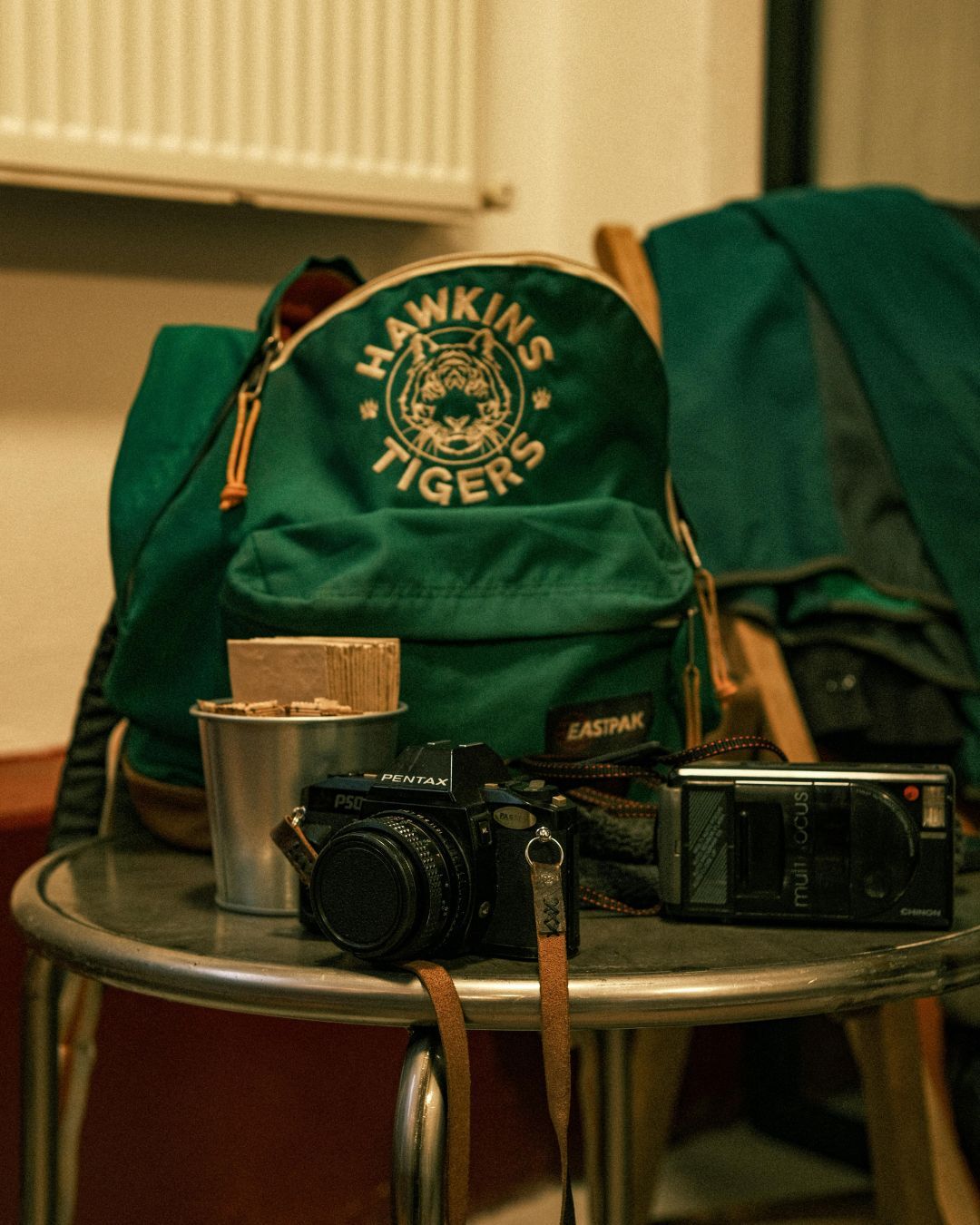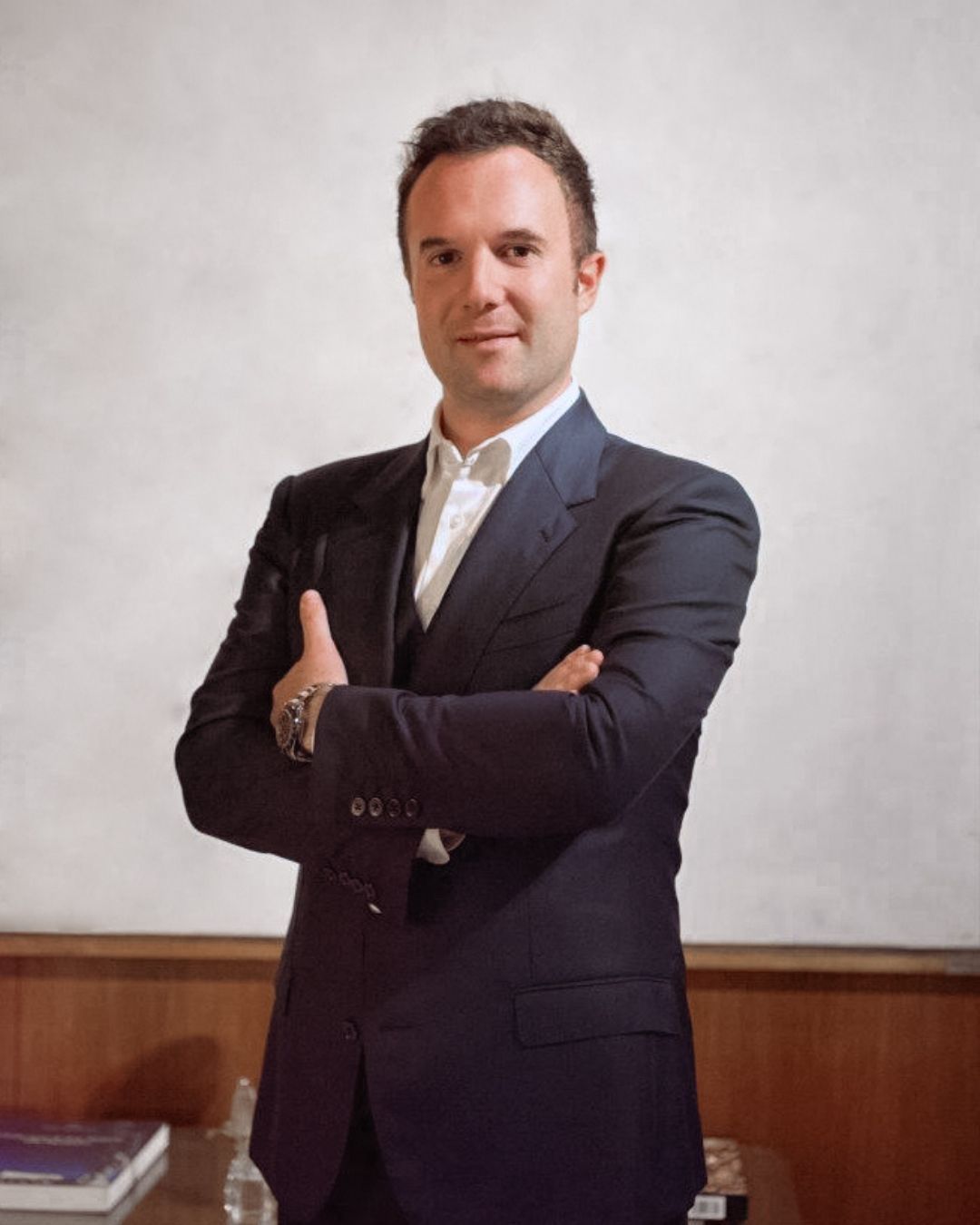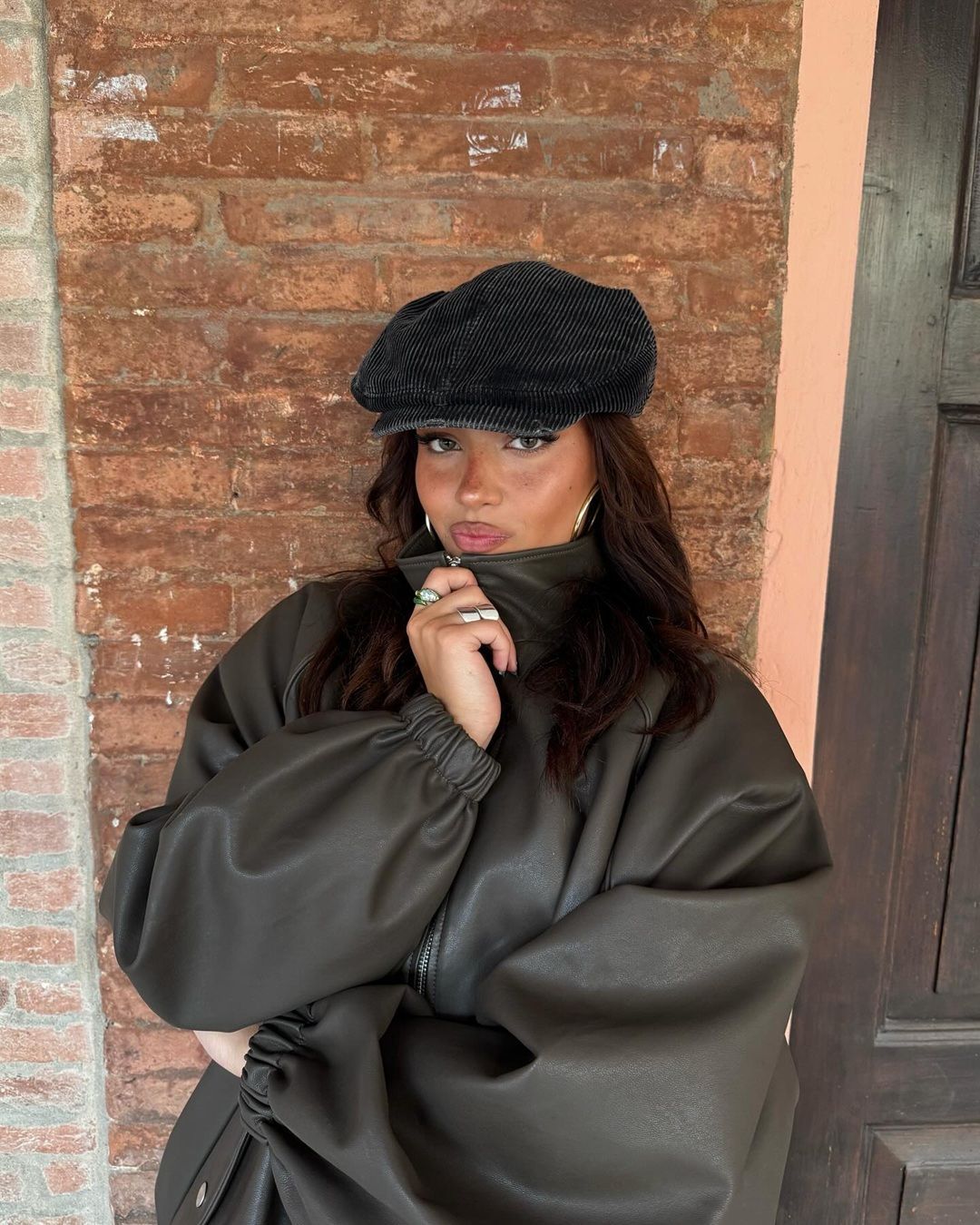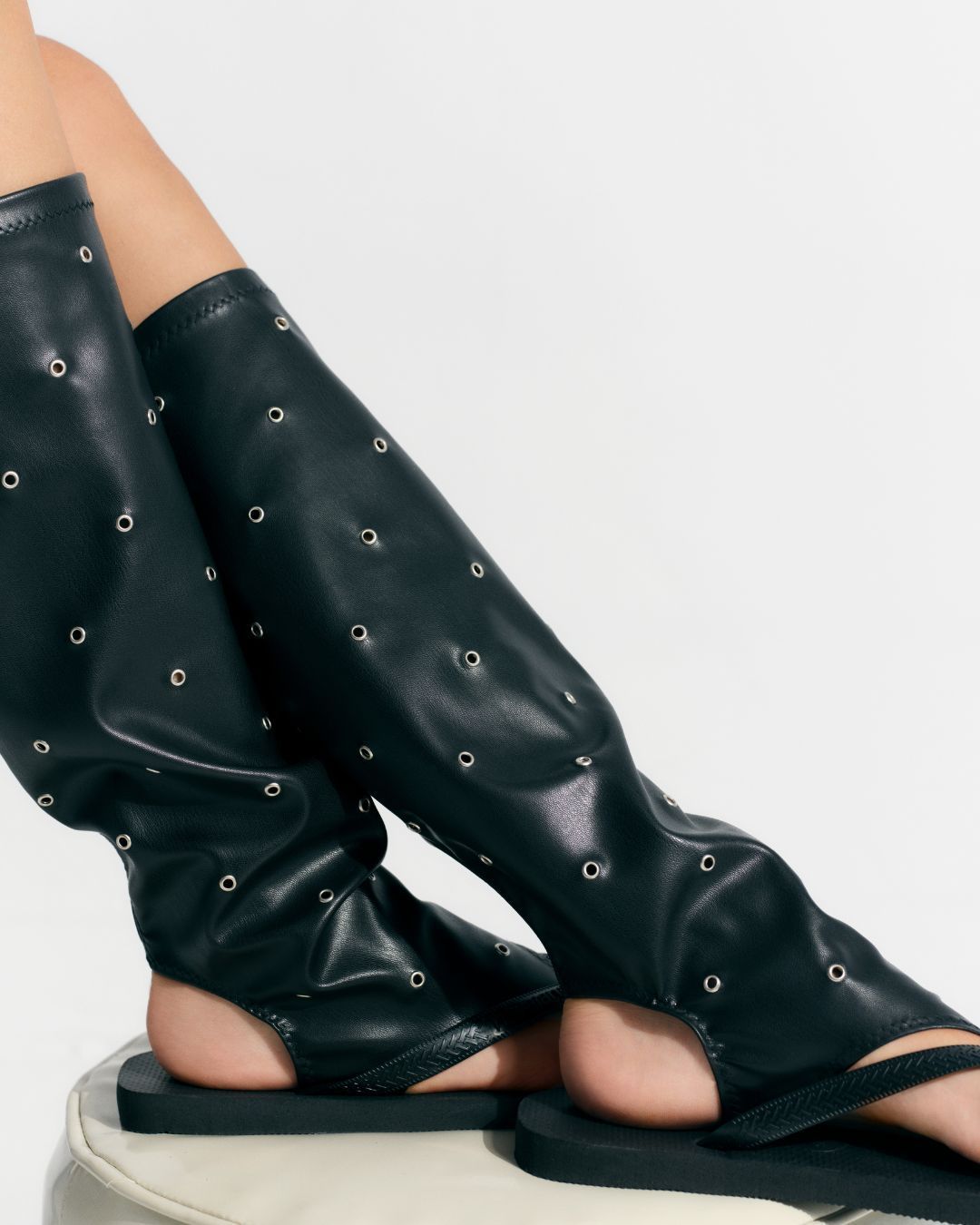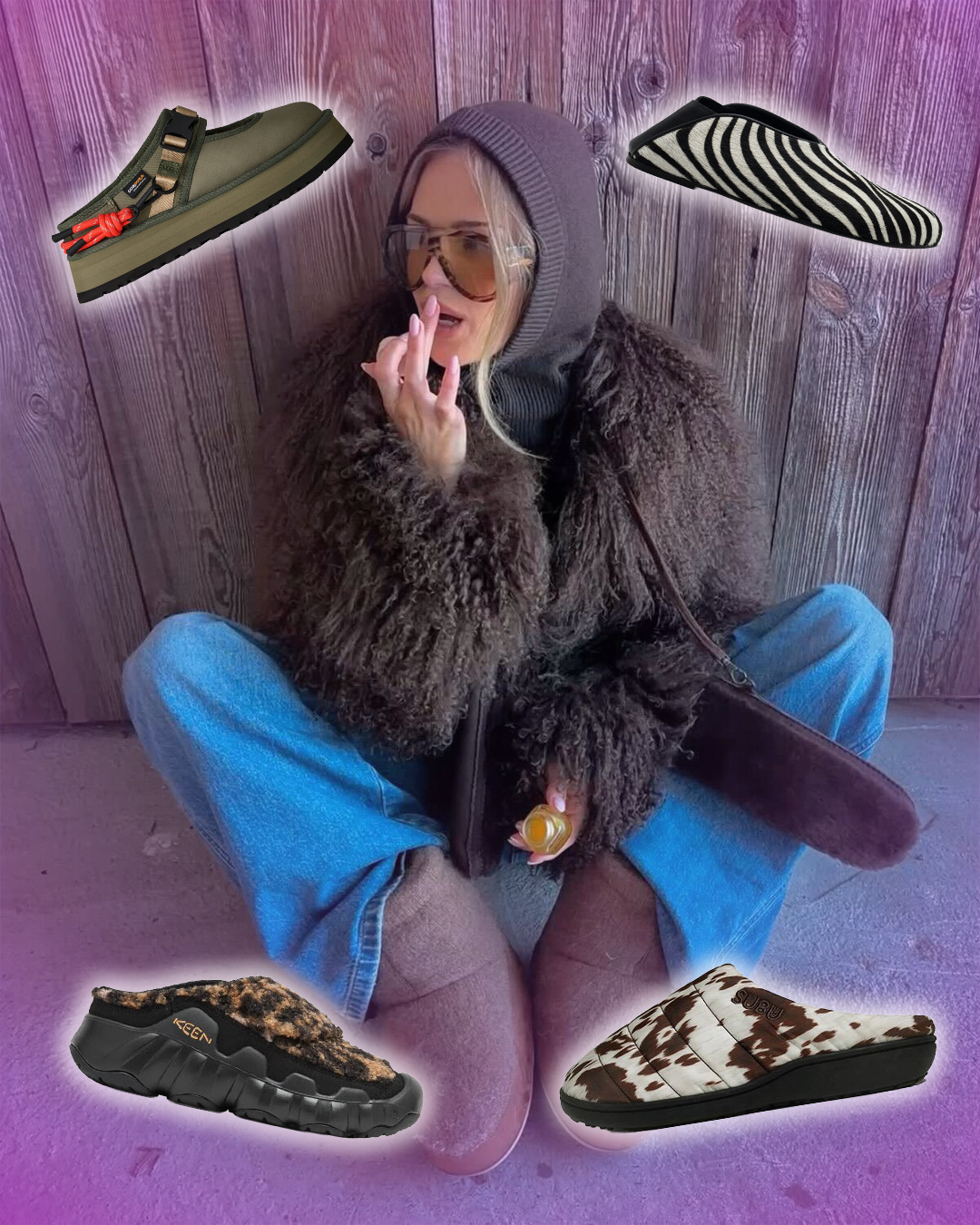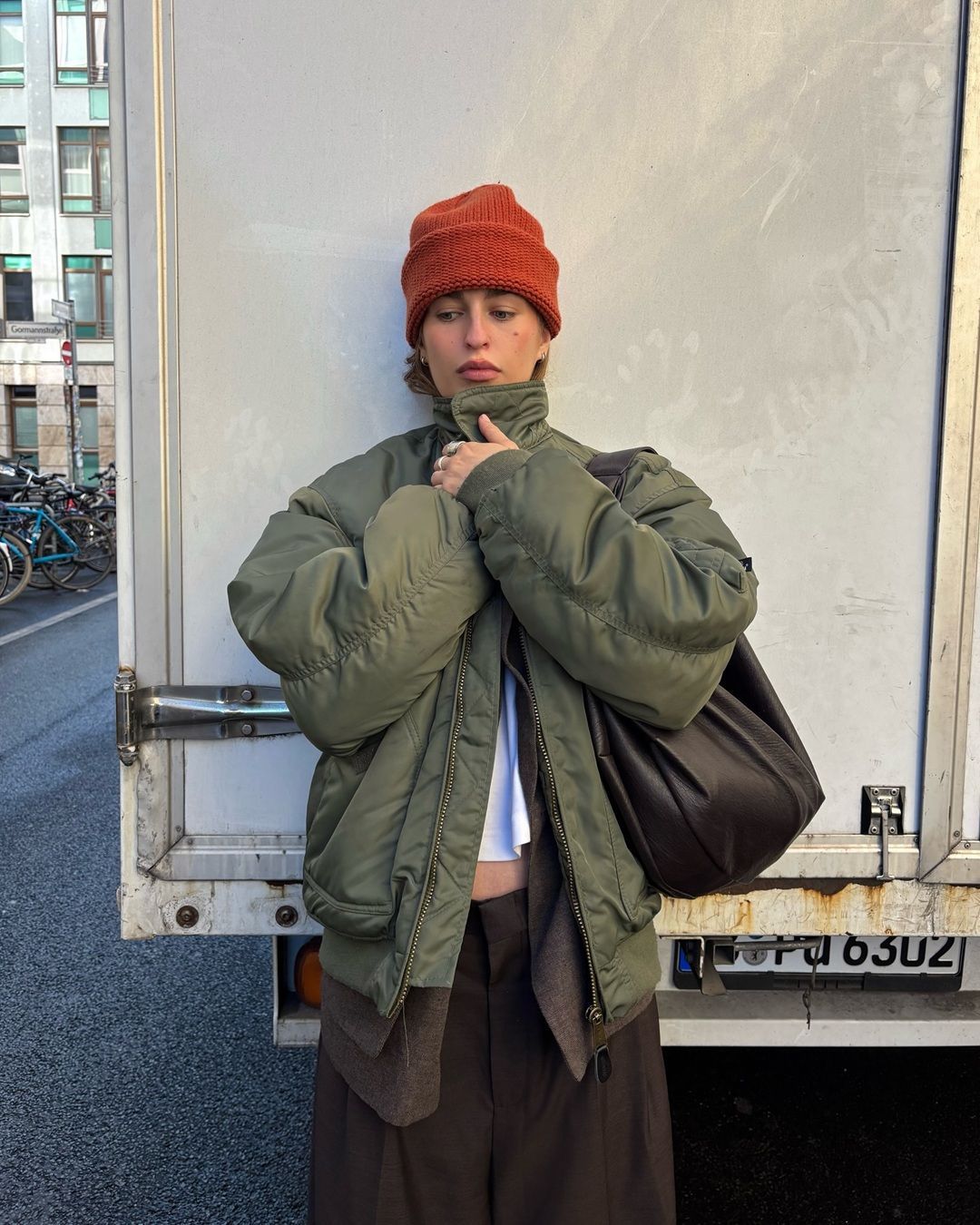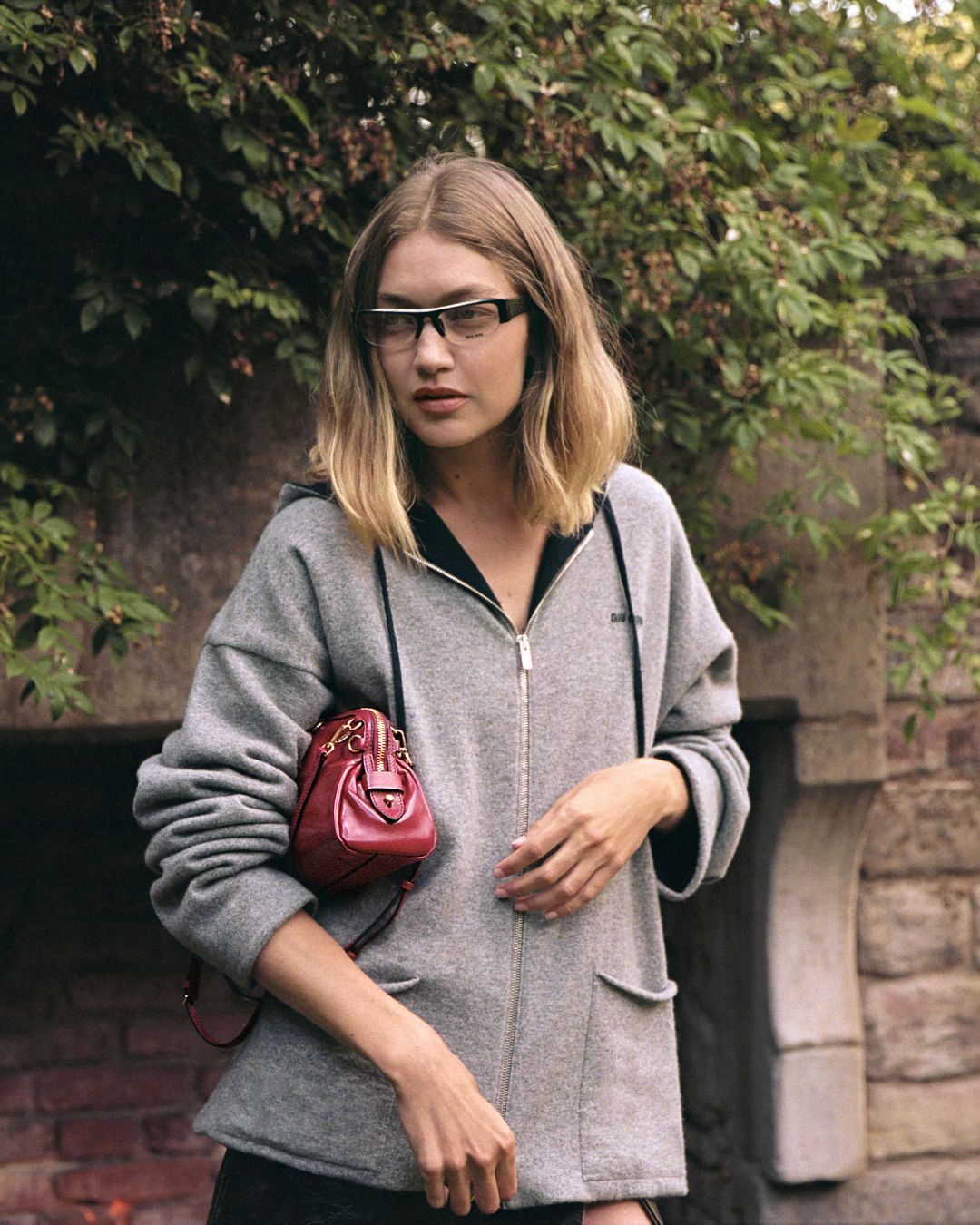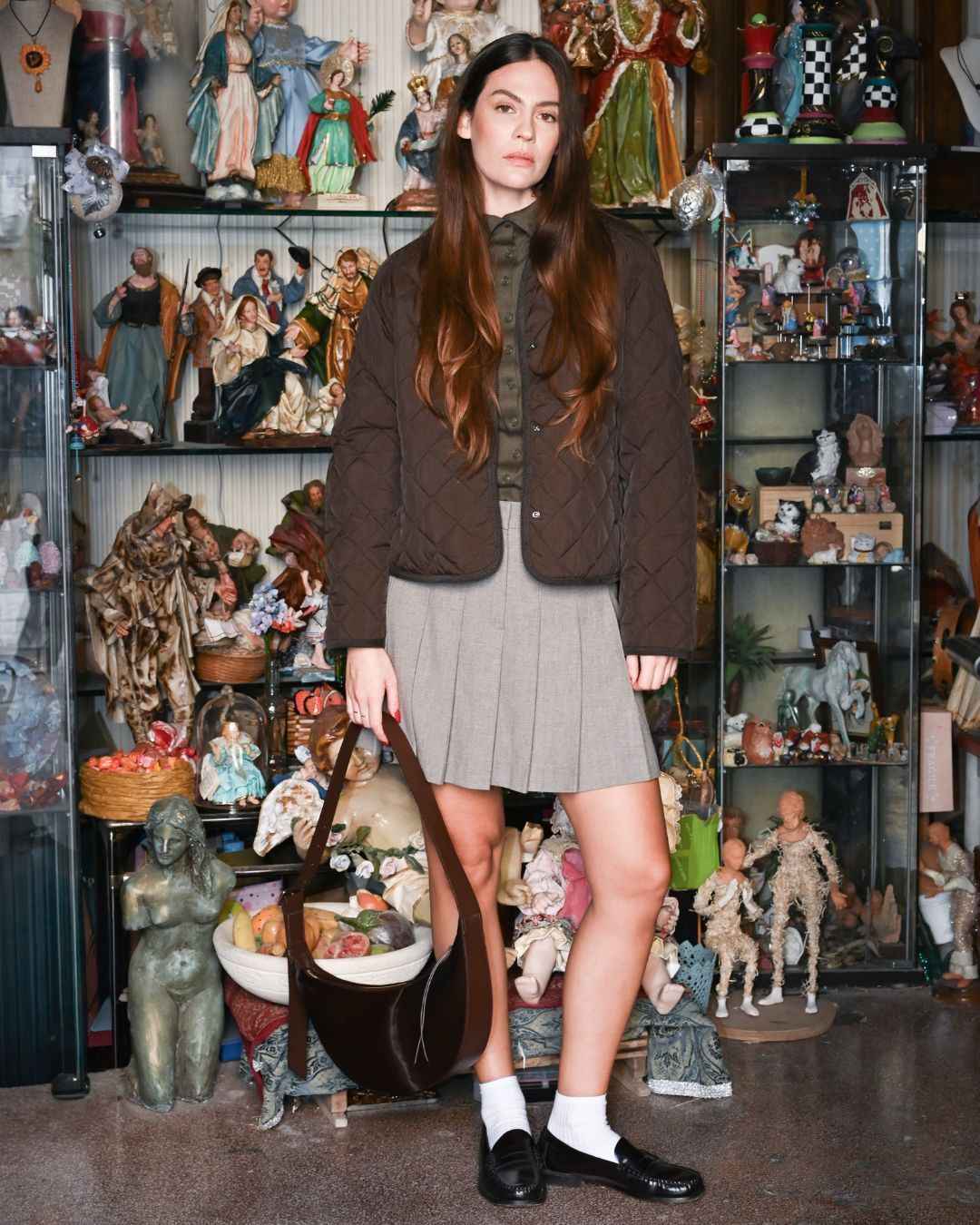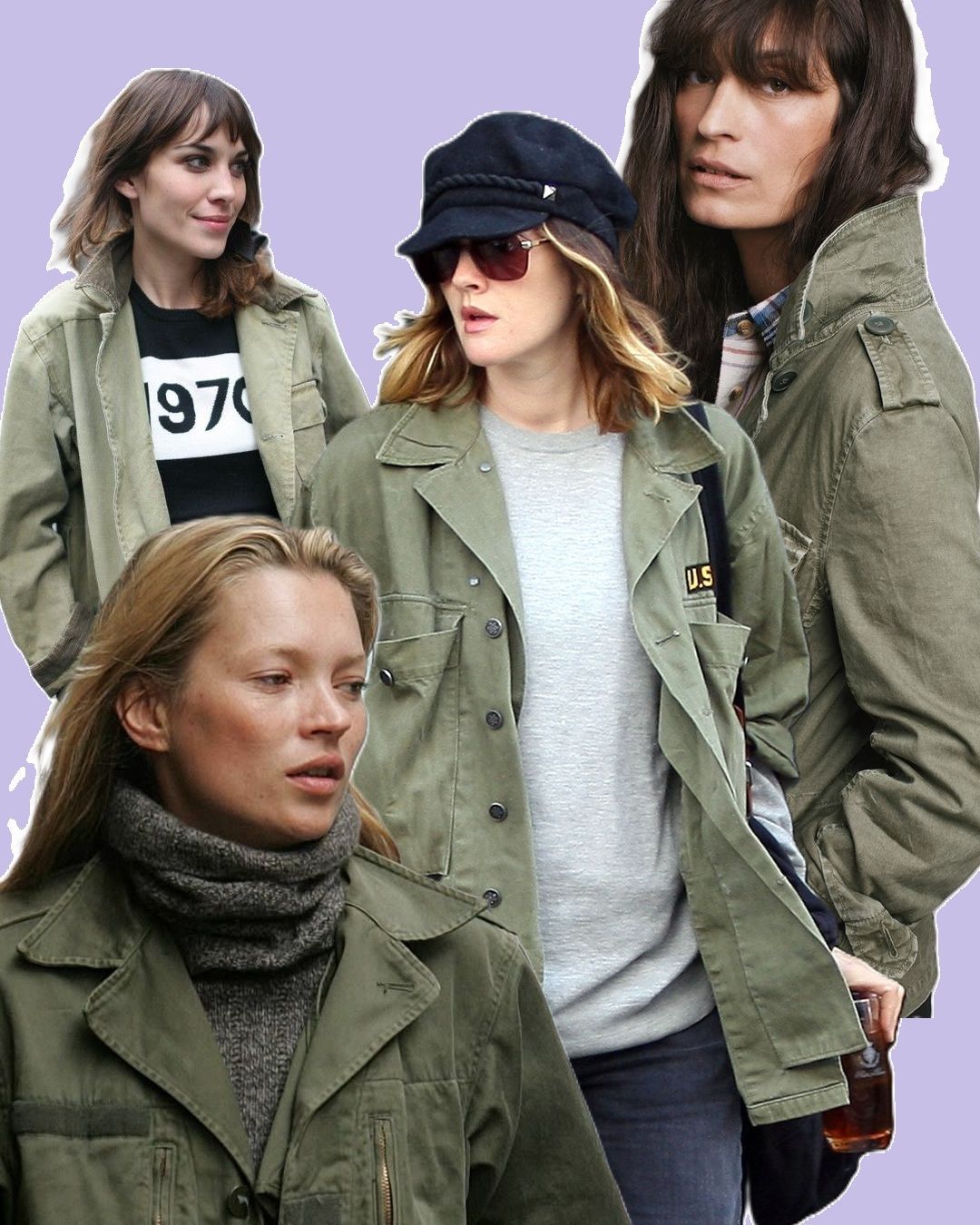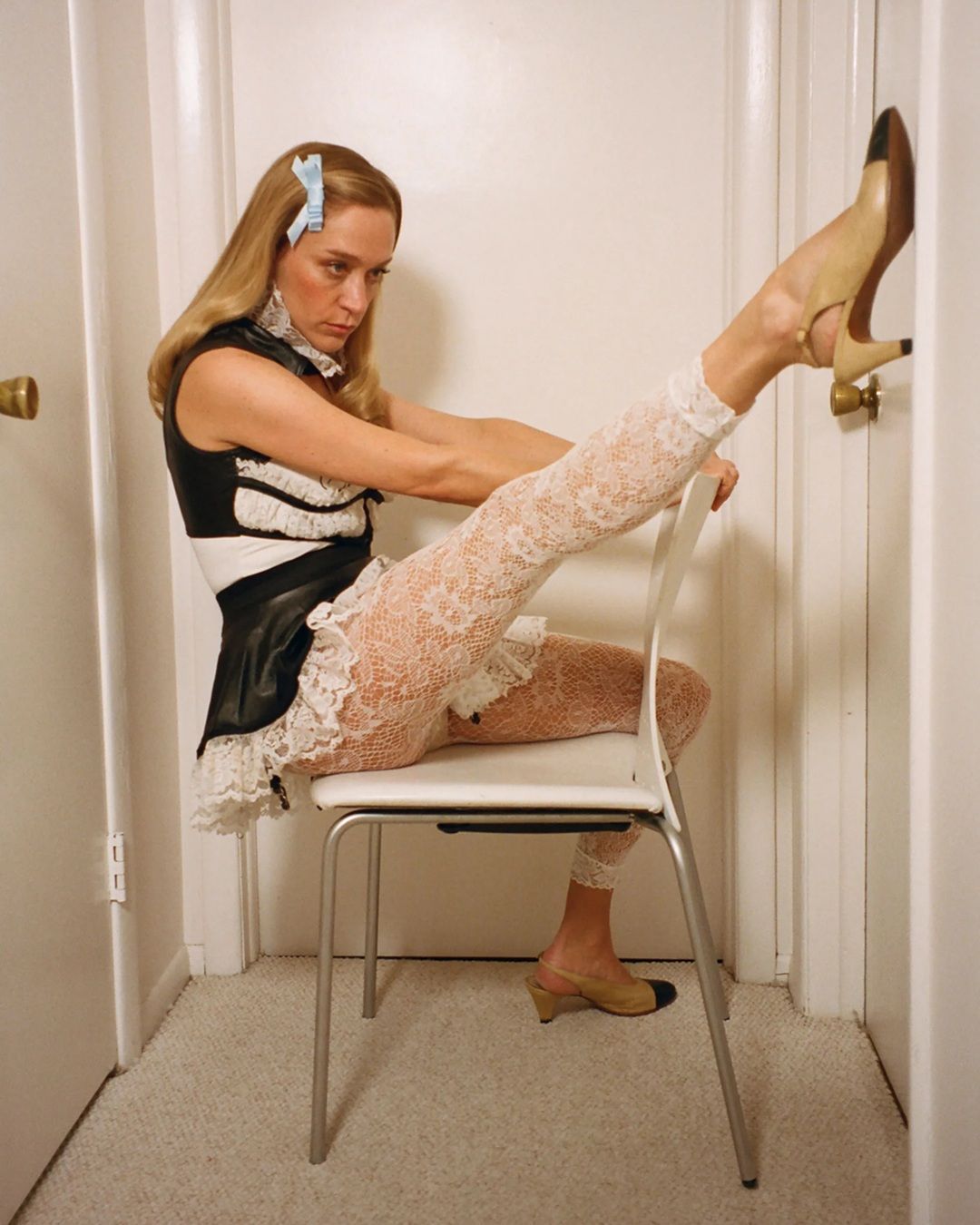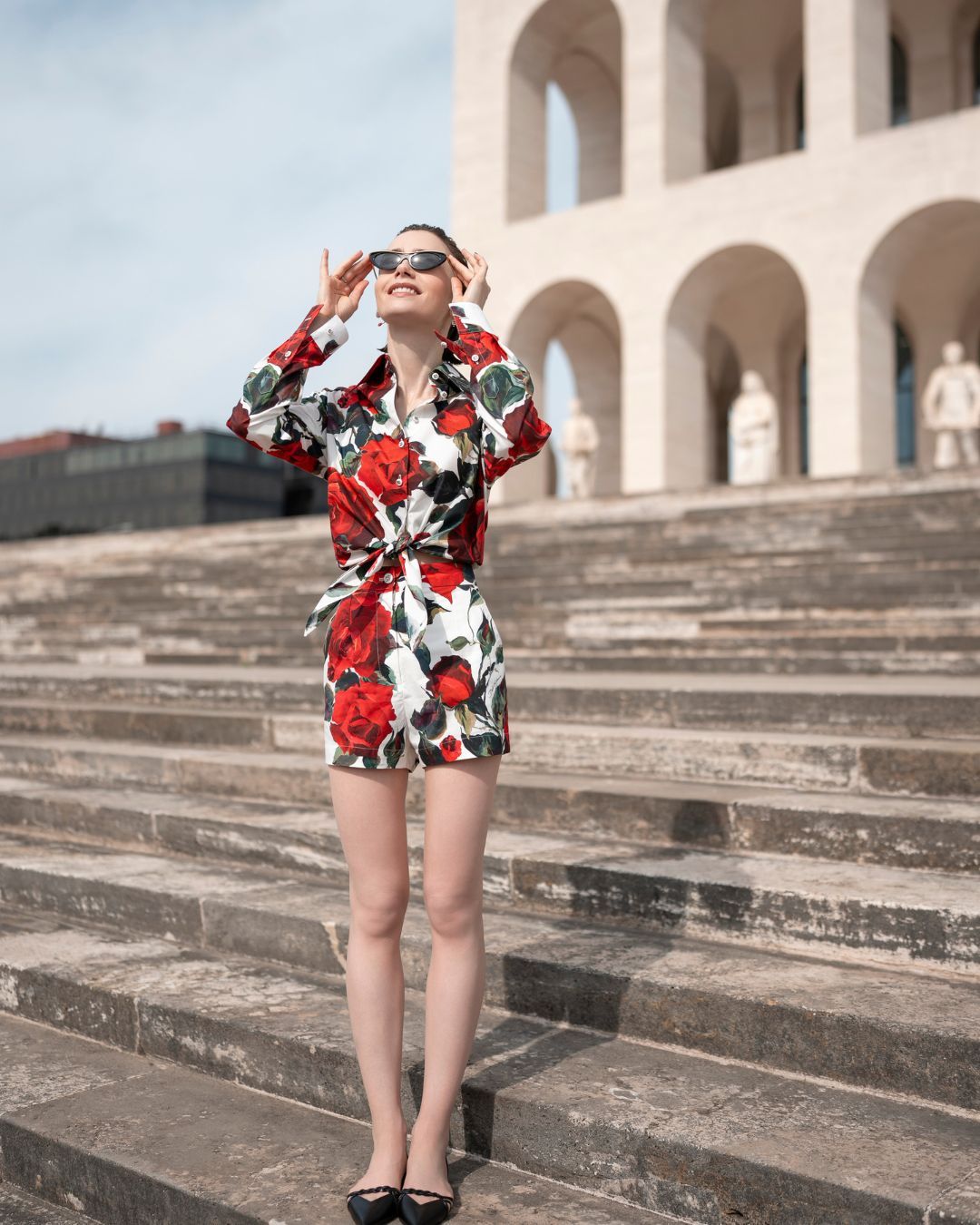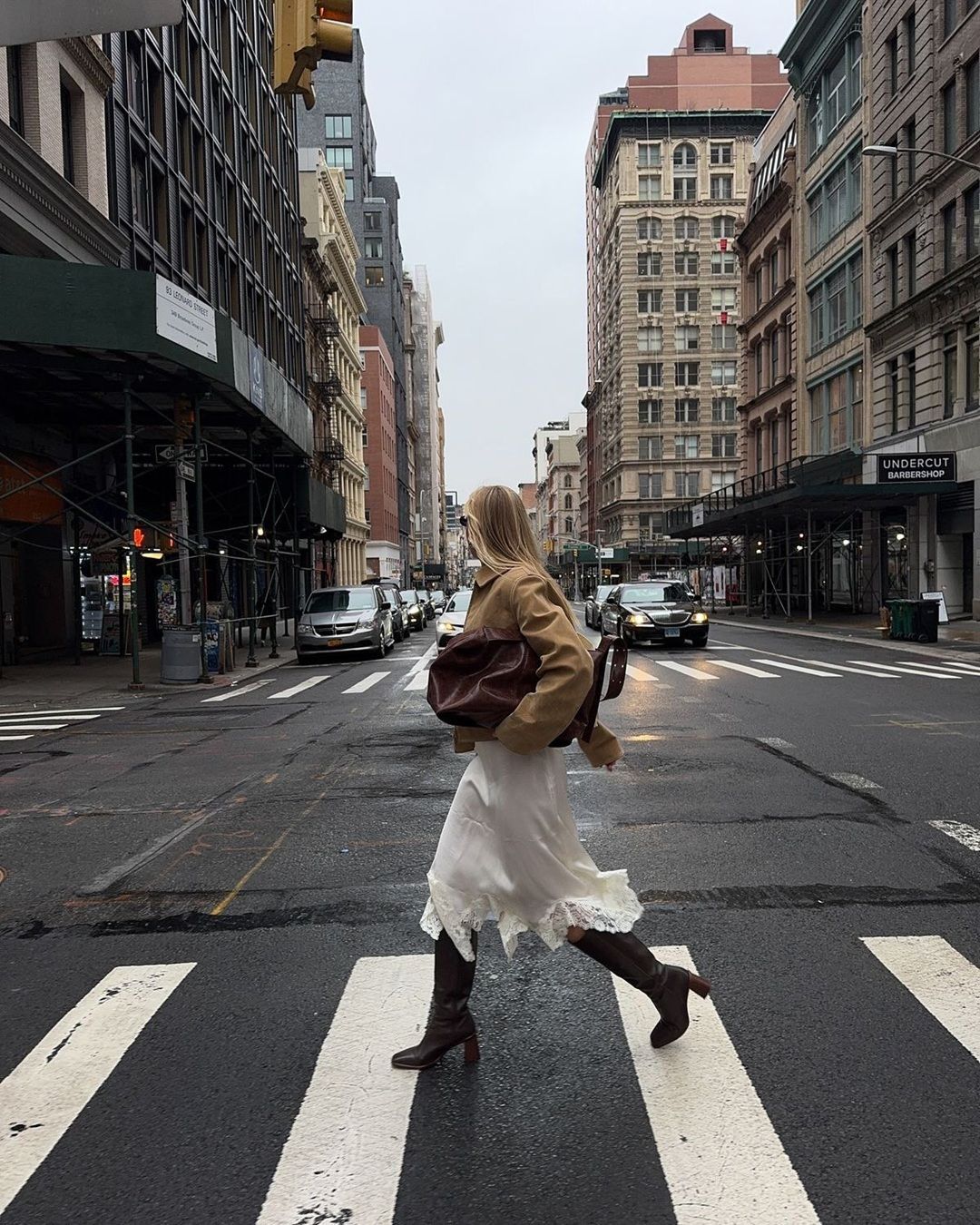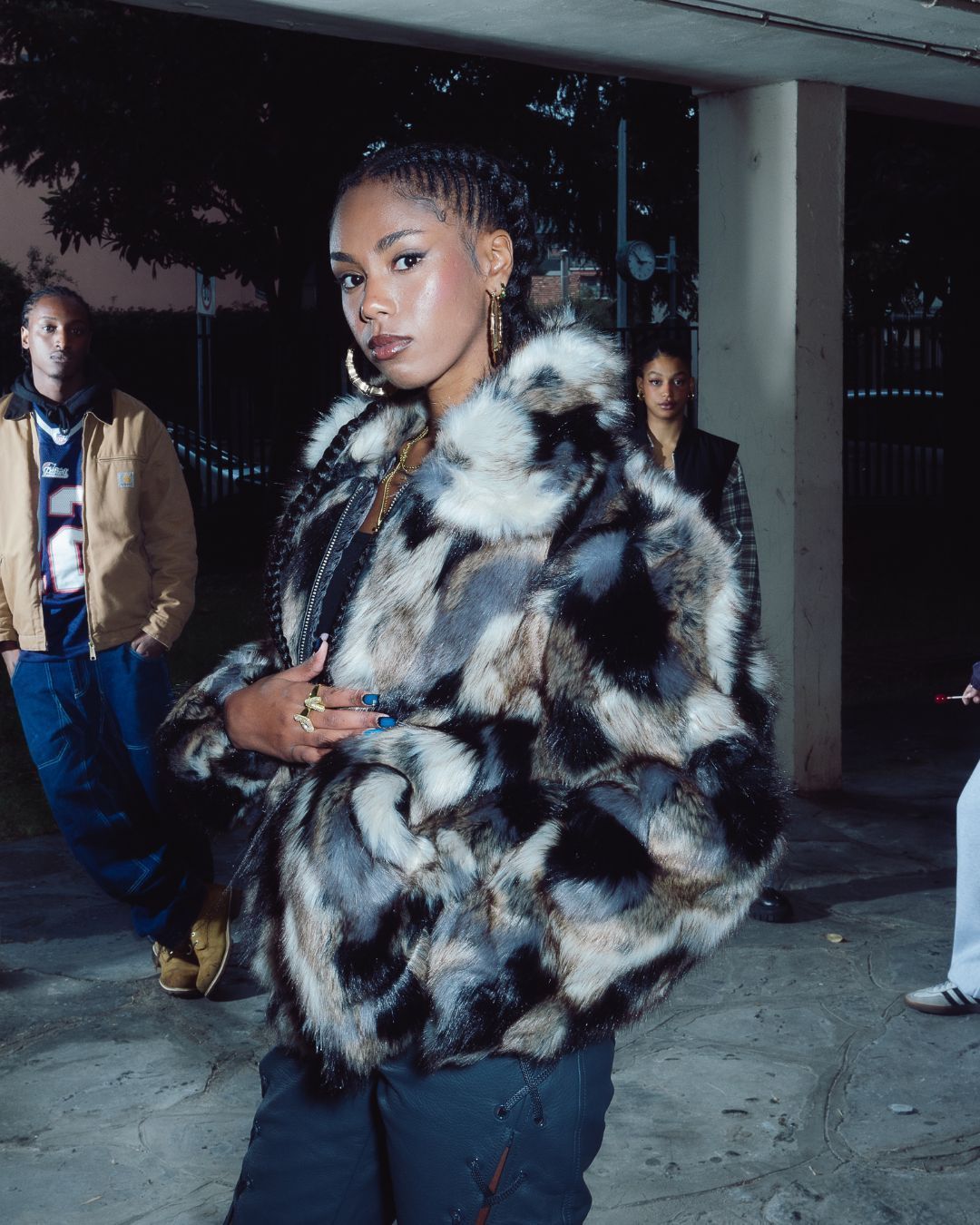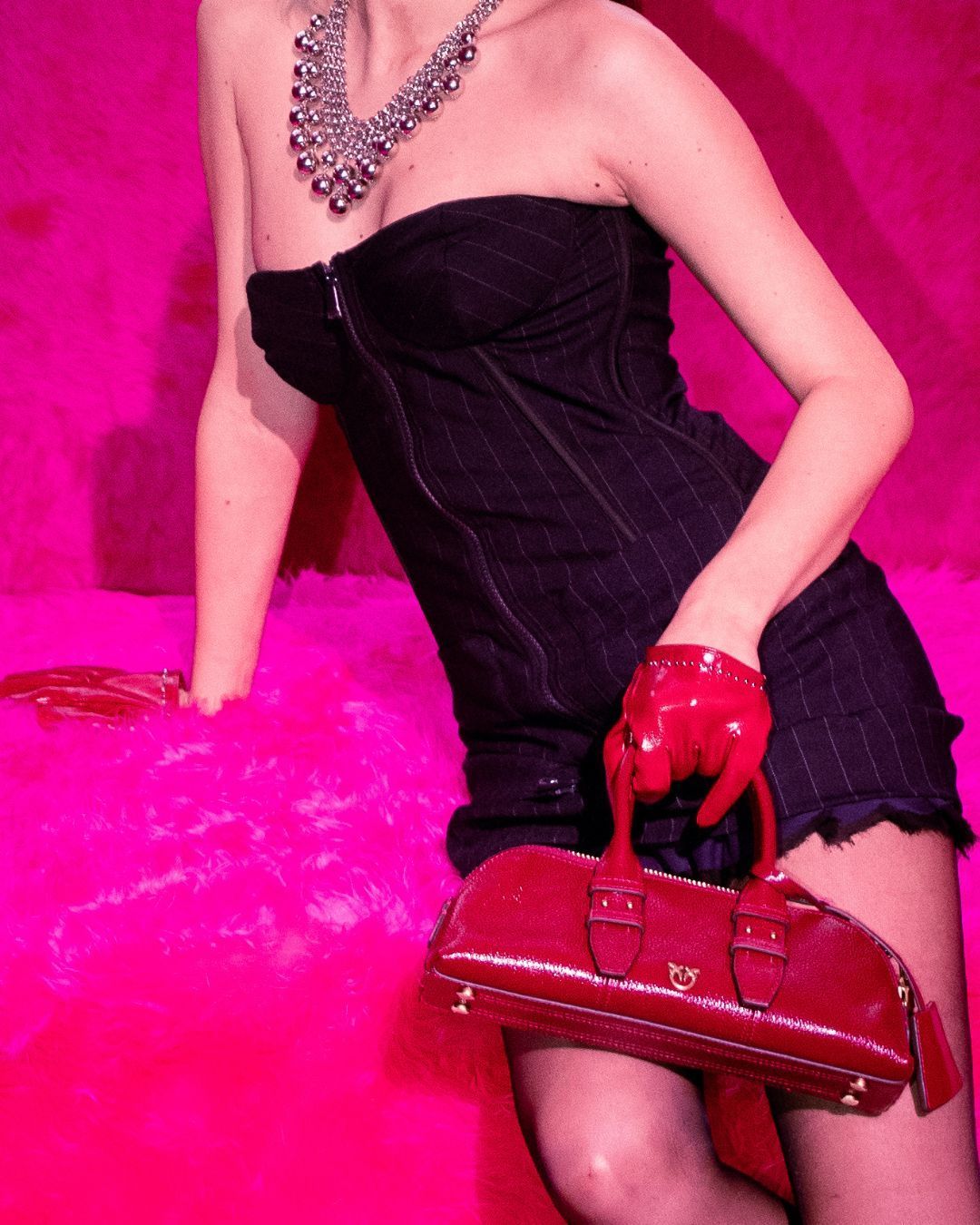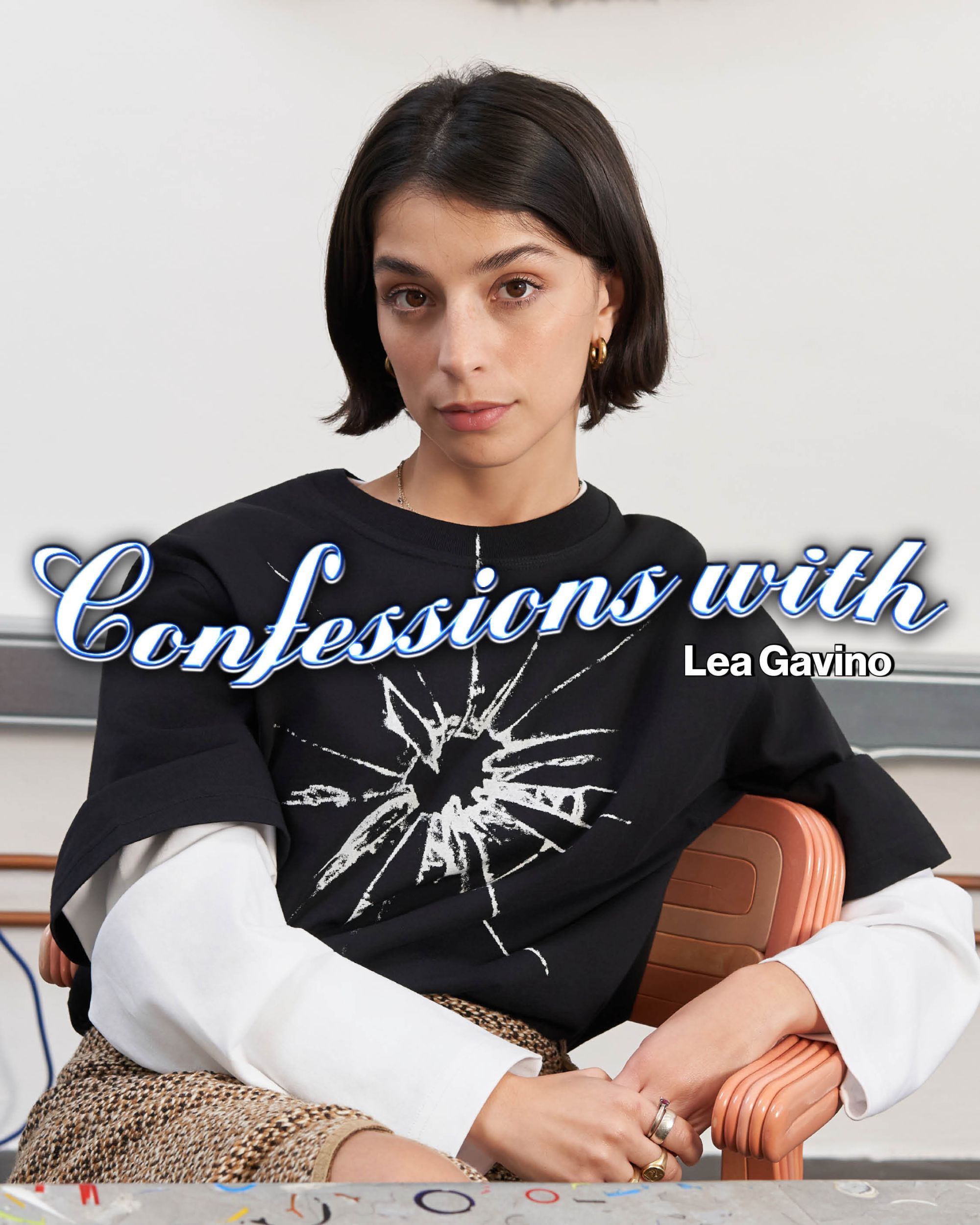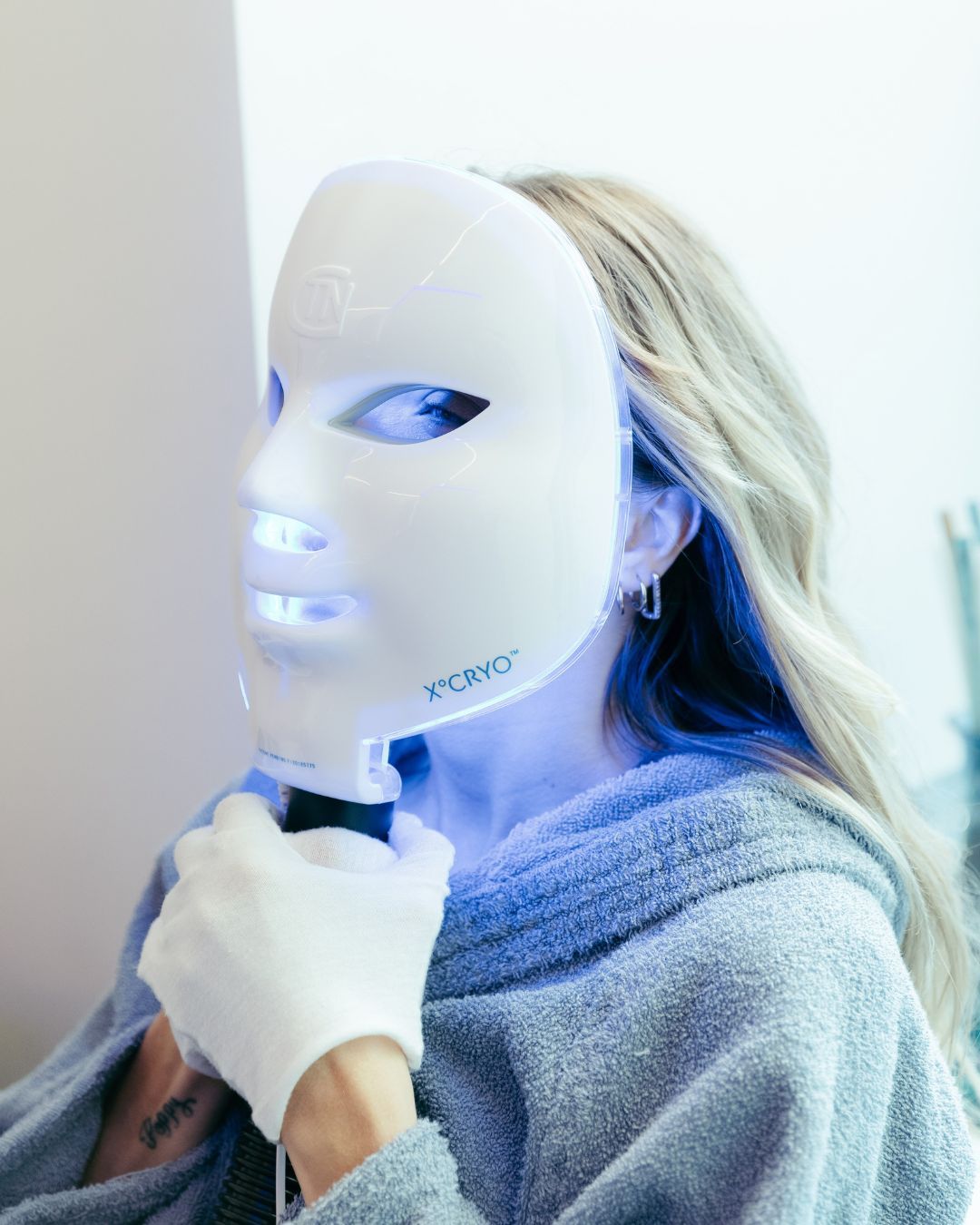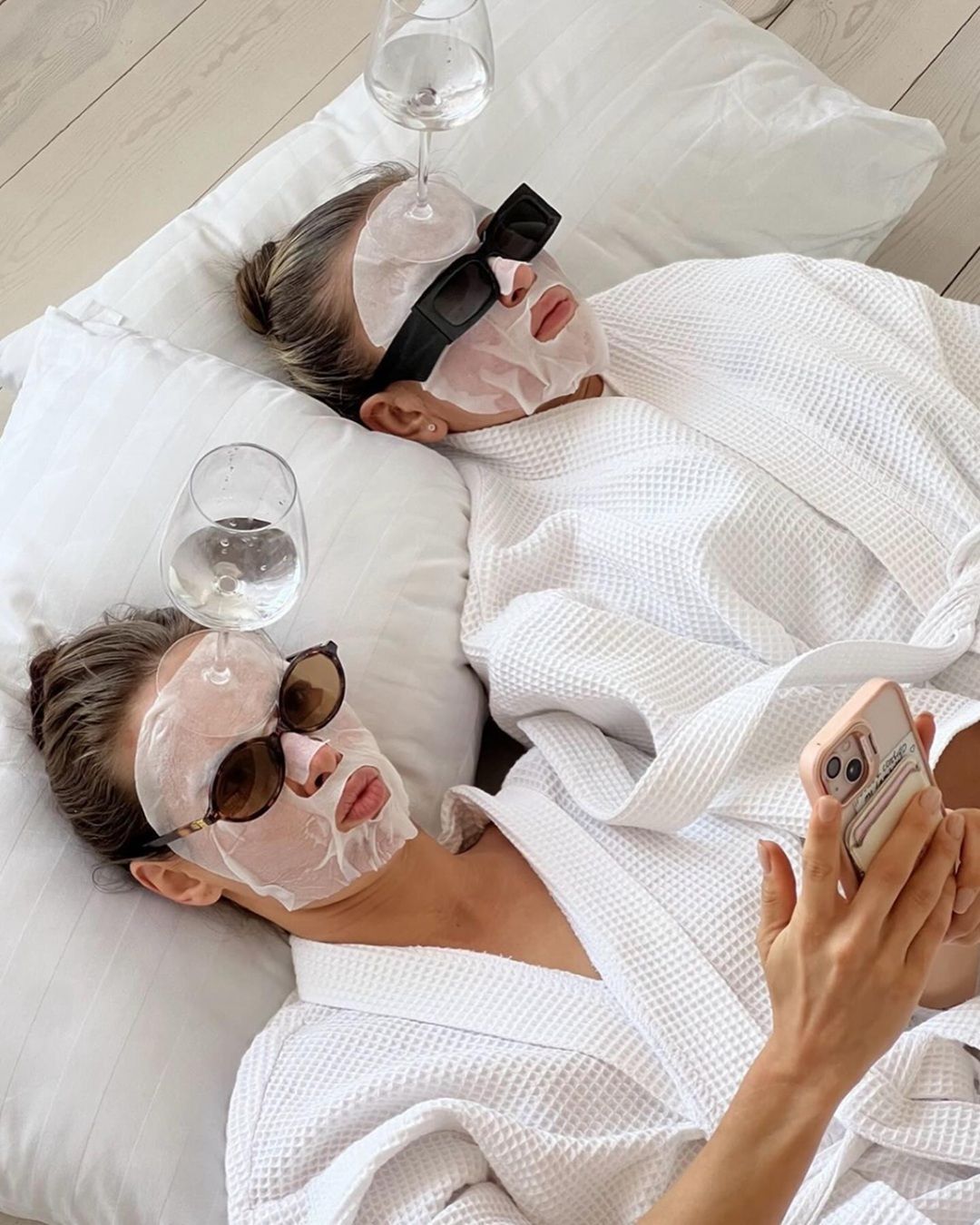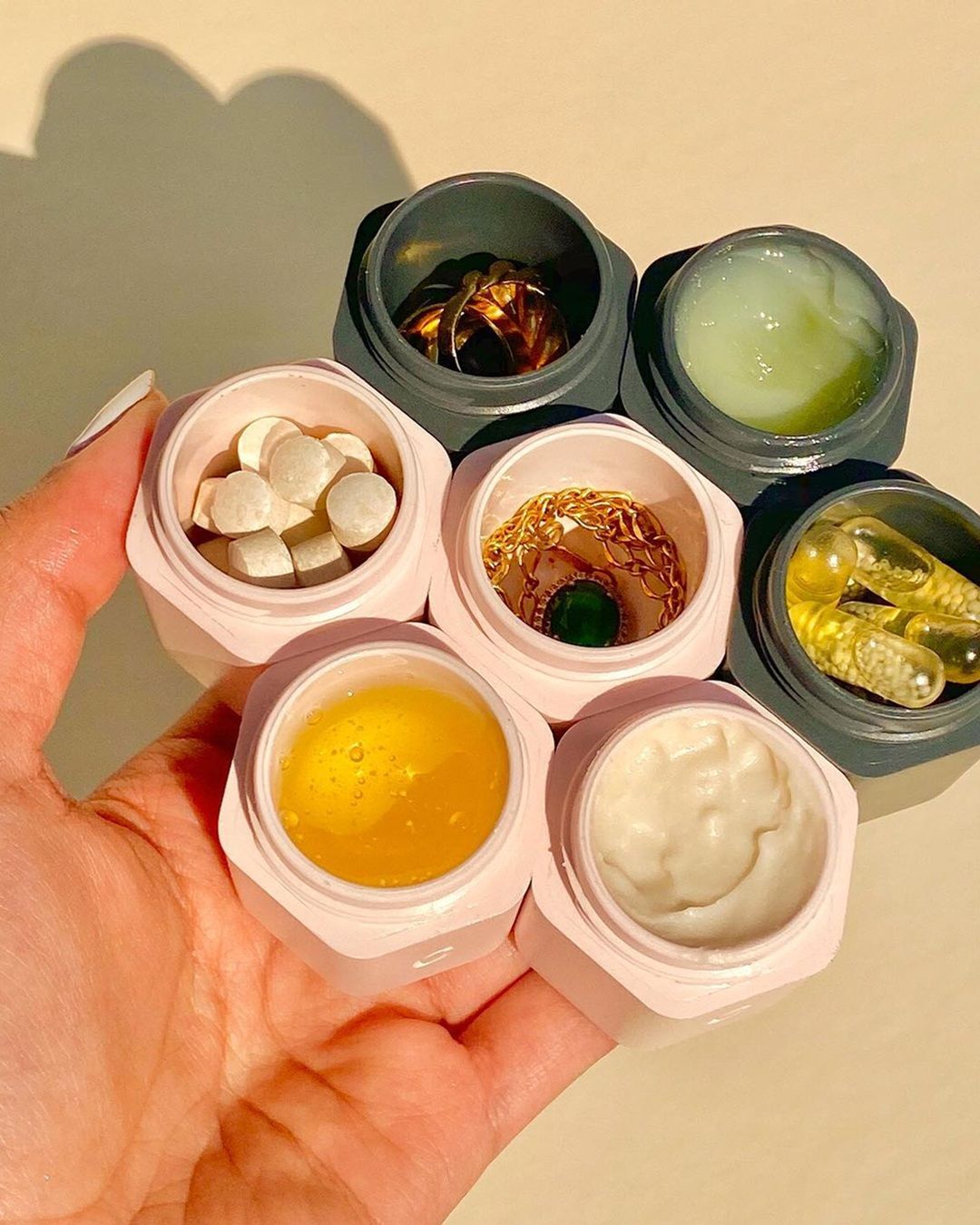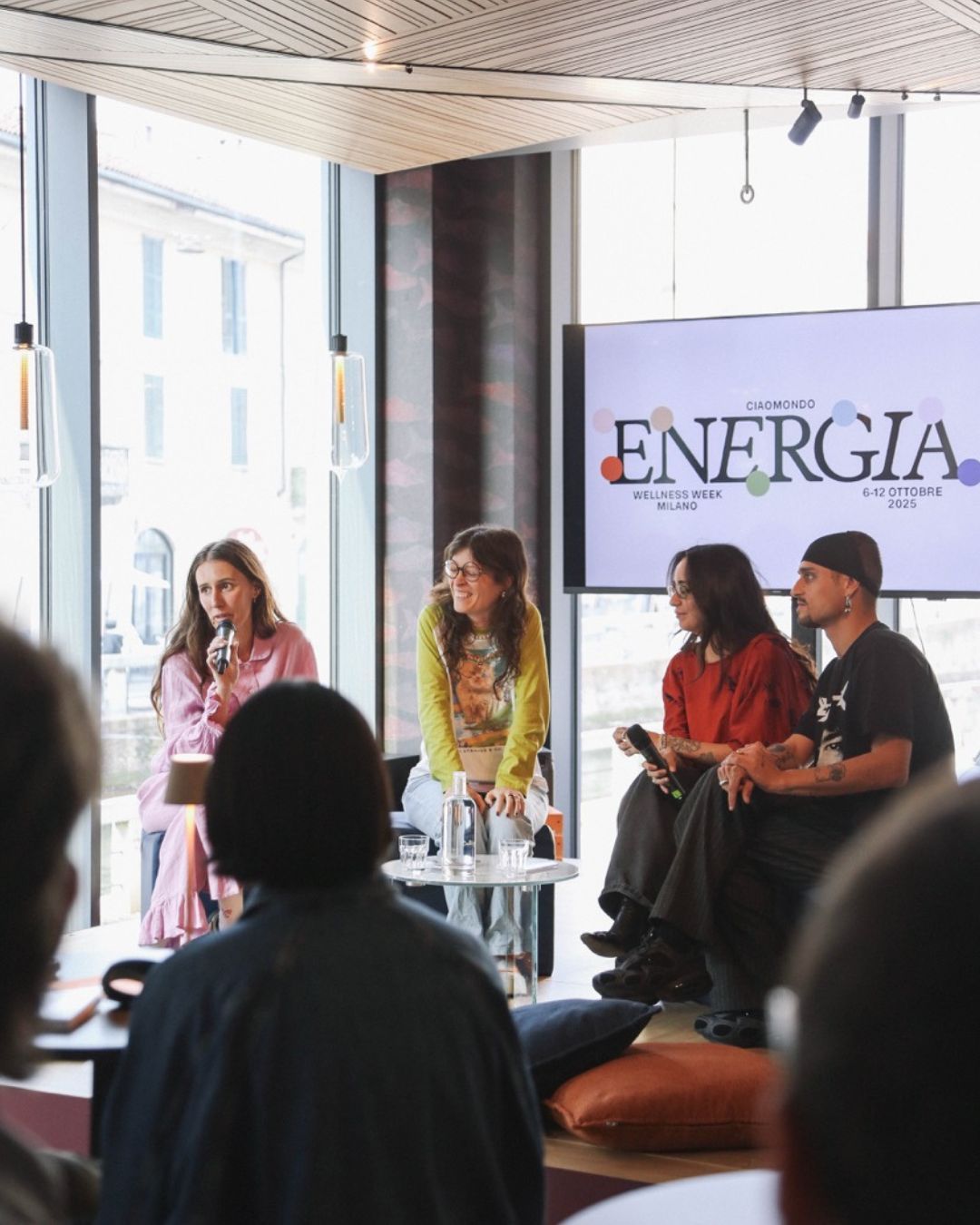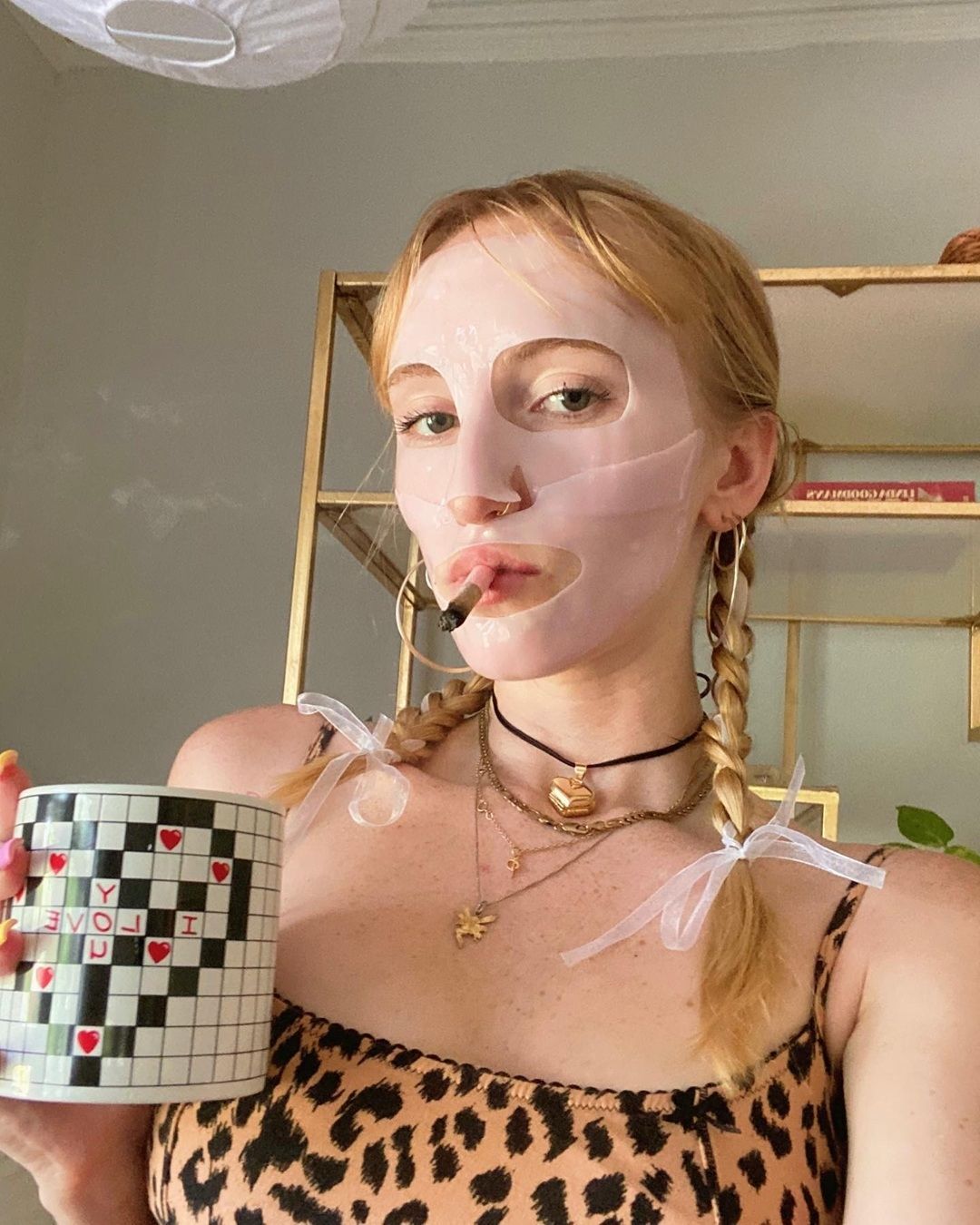
Will anti-wellness save us? A survival guide to the wellness culture
A little over ten years ago, the soft-grunge aesthetic reigned supreme on platforms like Tumblr: smudged black eyeshadow and mascara, ripped tights, liquor bottles, chipped nail polish, and a cigarette addiction. This aesthetic representation has been completely erased in recent years: eyeshadows are now muted, mascara should be applied sparingly so as not to look too made-up, liquid superfoods are preferred over alcohol, and cigarettes are strictly forbidden. Just think of Bella Hadid’s wellness routine, which includes three vials of tinctures, fulvic acid supplements, vitamins, ionic minerals, and sea moss gel. Then, in the summer of 2024, Charli XCX arrived with her album Brat and the entire microcosm it embodies. Suddenly, someone was urging us to be unconventional and free to express our personalities outside of societal norms. For millennials like me, it felt like a return to an adolescence where everything that is now extremely mainstream would have been almost mocked, or at best tolerated with irony. It felt like a necessary counter-narrative.
@babybella777 mornings with me before we start making things for you cc @Orebella #orebella ᶫᵒᵛᵉᵧₒᵤ - SoBerBoi
Commodified Wellness: From 2014 to Today
In her 2022 book The Gospel of Wellness: Gyms, Gurus, Goop, and the False Promise of Self-Care, journalist Rina Raphael identifies 2014 as the pivotal year for the wellness industry: on one hand, that period saw the explosion of athleisure - a hybrid style where activewear is worn in everyday settings - and on the other, the rise of new spaces and consumption trends, like boutique gyms and bars offering cold-pressed juices. At the time, thirty-something Raphael viewed this phenomenon as a saving grace, and like many other women, embraced it with urgency and intensity: “[Women] went organic, subscribed to ClassPass, and said goodbye to milk in favor of almond water soaked for hours. But it wasn’t just about habits: these were choices that, little by little, began to define them.”
Wellness as an Endless Business
Commodified wellness is a sprawling entity: its branches include spirituality, nutrition, fitness, mental health, and above all, fear. “Fear and anxiety are perfect catalysts for creating new needs,” explained economics professor Mariano Torras in an interview. “Since material needs in Western countries have mostly been met, the only way for companies to keep profiting is to invent new ones.” Creating a product, therefore, means creating a problem to solve, and in the wellness world, this cycle has infinite growth potential because it can be replicated anywhere. A clear example is the medicalized skincare industry, where every mark is a flaw in need of intervention: hyperpigmentation, signs of aging, visible pores.
@ashleynoelleeee i definitely watched legally blonde after this | that girl morning routine #thatgirl #thatgirkaesthetic #morningroutineaesthetic #morningroutine #thatgirrrrl #girlythings #pinkgirl #pinterestaesthetic original sound - sophia
The Return of a Disillusioned and Authentic Aesthetic
According to Rina Raphael, though, something is shifting: a new embrace of imperfection is emerging, a growing rejection of everything that has been glorified and used as a tool for (self-)optimization in recent years. After more than a decade in which wellness - in all its forms and products - has been sold as discipline, symbol, and ultimate path to perfection, a messy, vulnerable, and disillusioned aesthetic is gaining traction.
Examples? #bedrot, #goblinmode, Charli XCX’s bumpin’ that, Paul Mescal refusing to quit smoking for Gladiator 2, Gwyneth Paltrow eating carbs again. Many articles claim this is the end of our wellness era, but perhaps we’re merely witnessing the rise of something equally artificial and curated.



